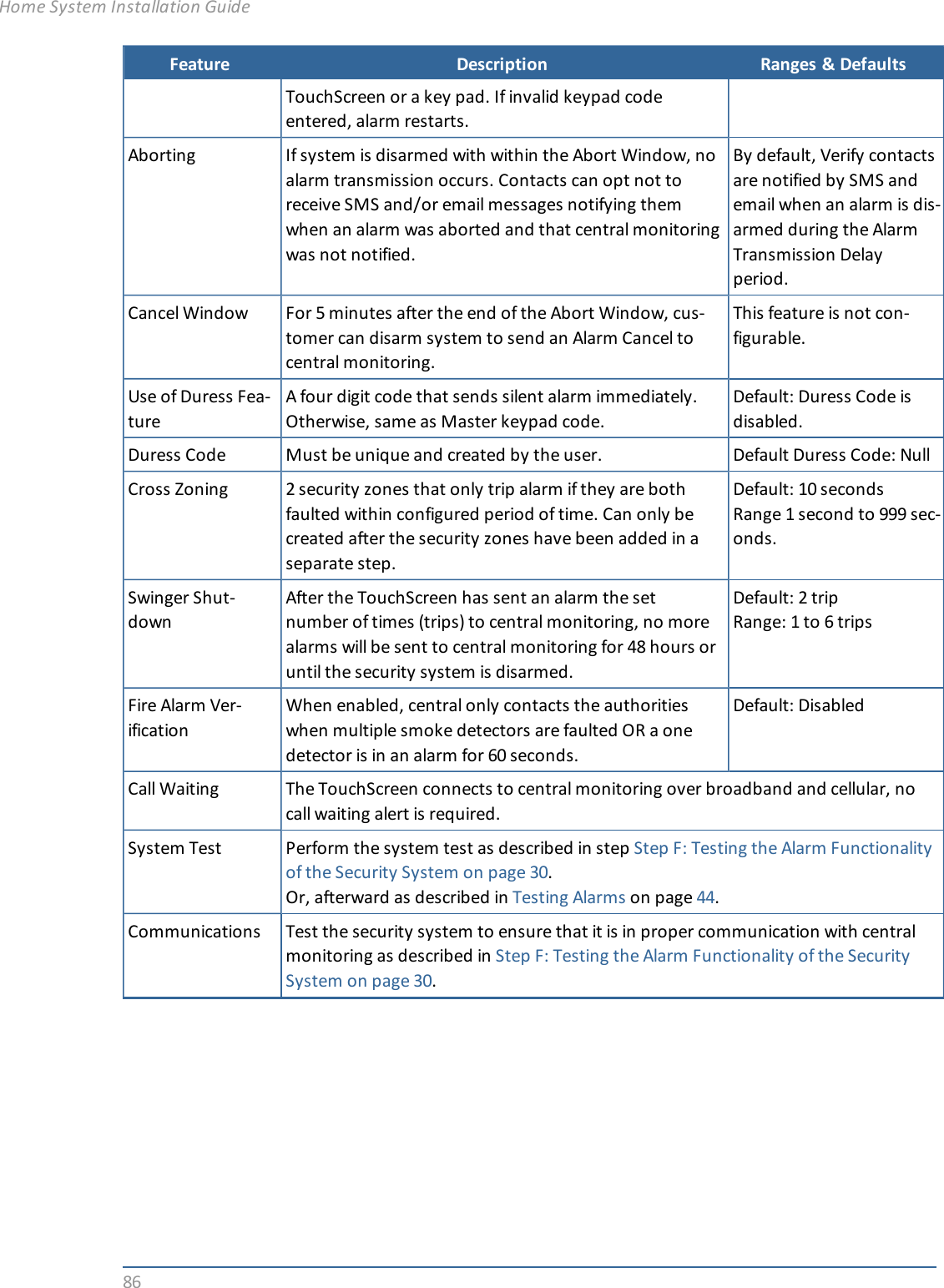Technicolor Connected Home USA TCA200 Touch Screen Alarm Panel User Manual Home Installation Guide
Technicolor Connected Home USA LLC Touch Screen Alarm Panel Home Installation Guide
Contents
- 1. Installation Guide
- 2. Quick Start Guide
- 3. User Guide
- 4. Installation Guide Part 2
- 5. Installation Guide 1
- 6. Installation Guide 2
Installation Guide Part 2
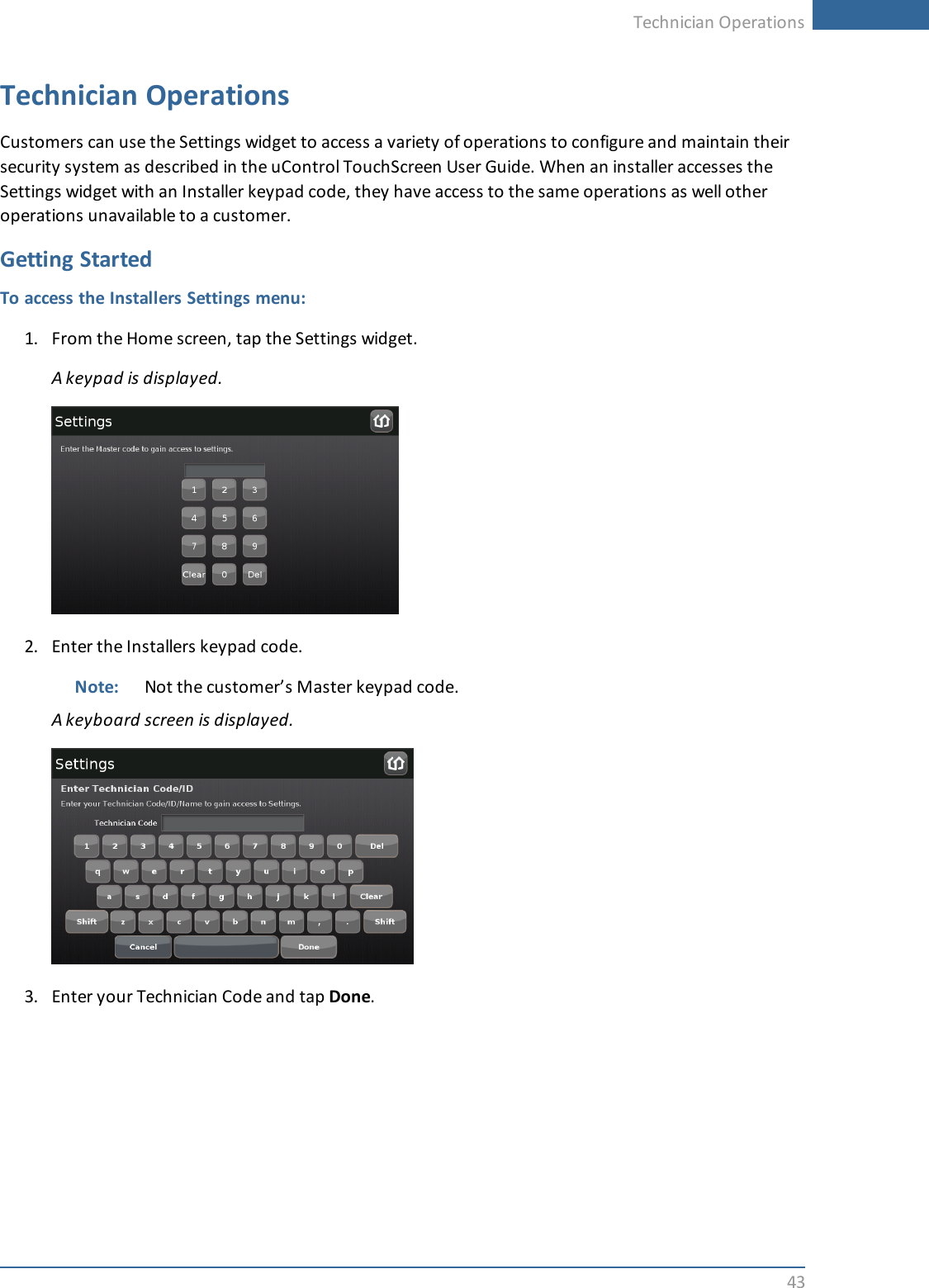
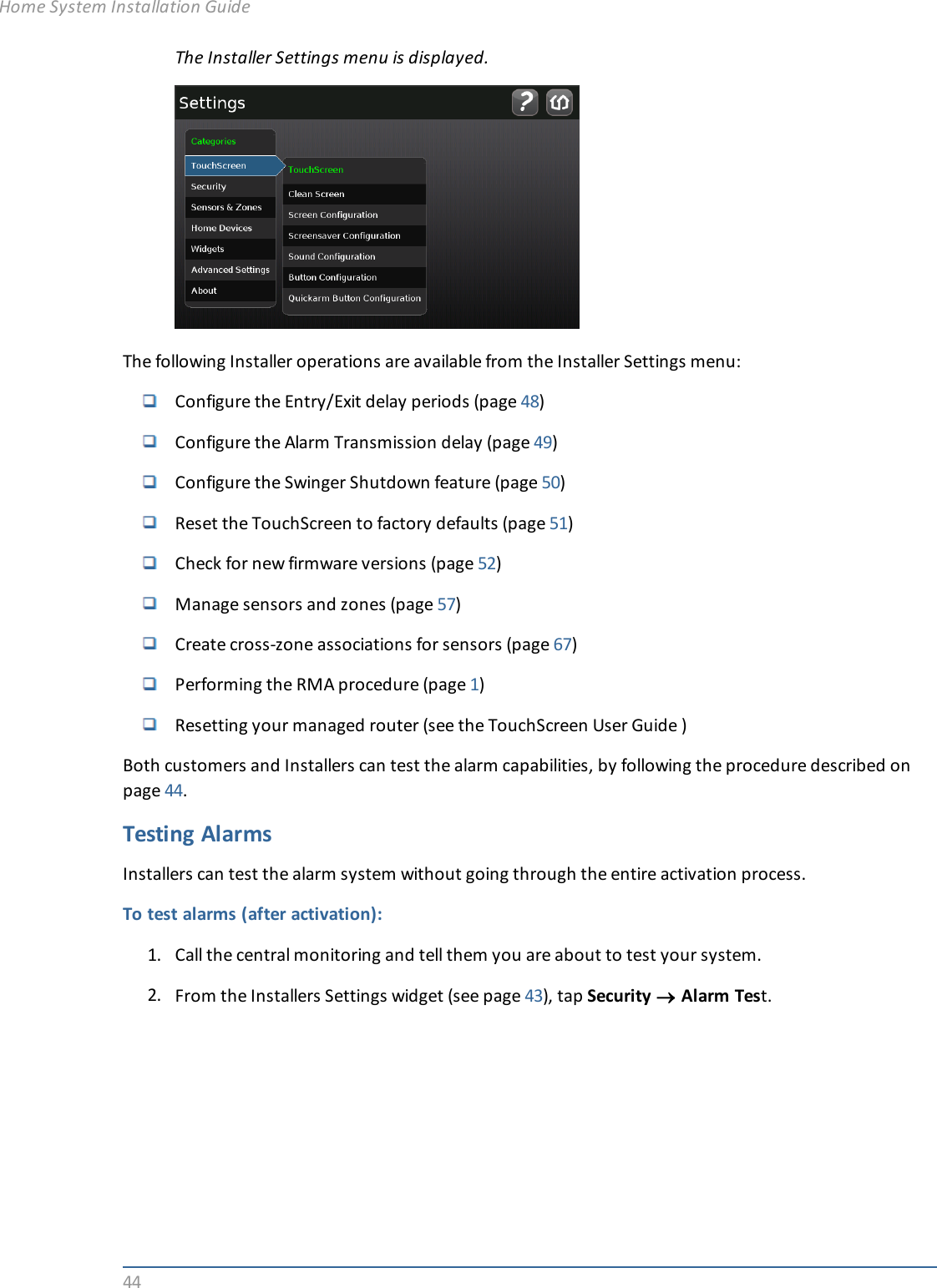
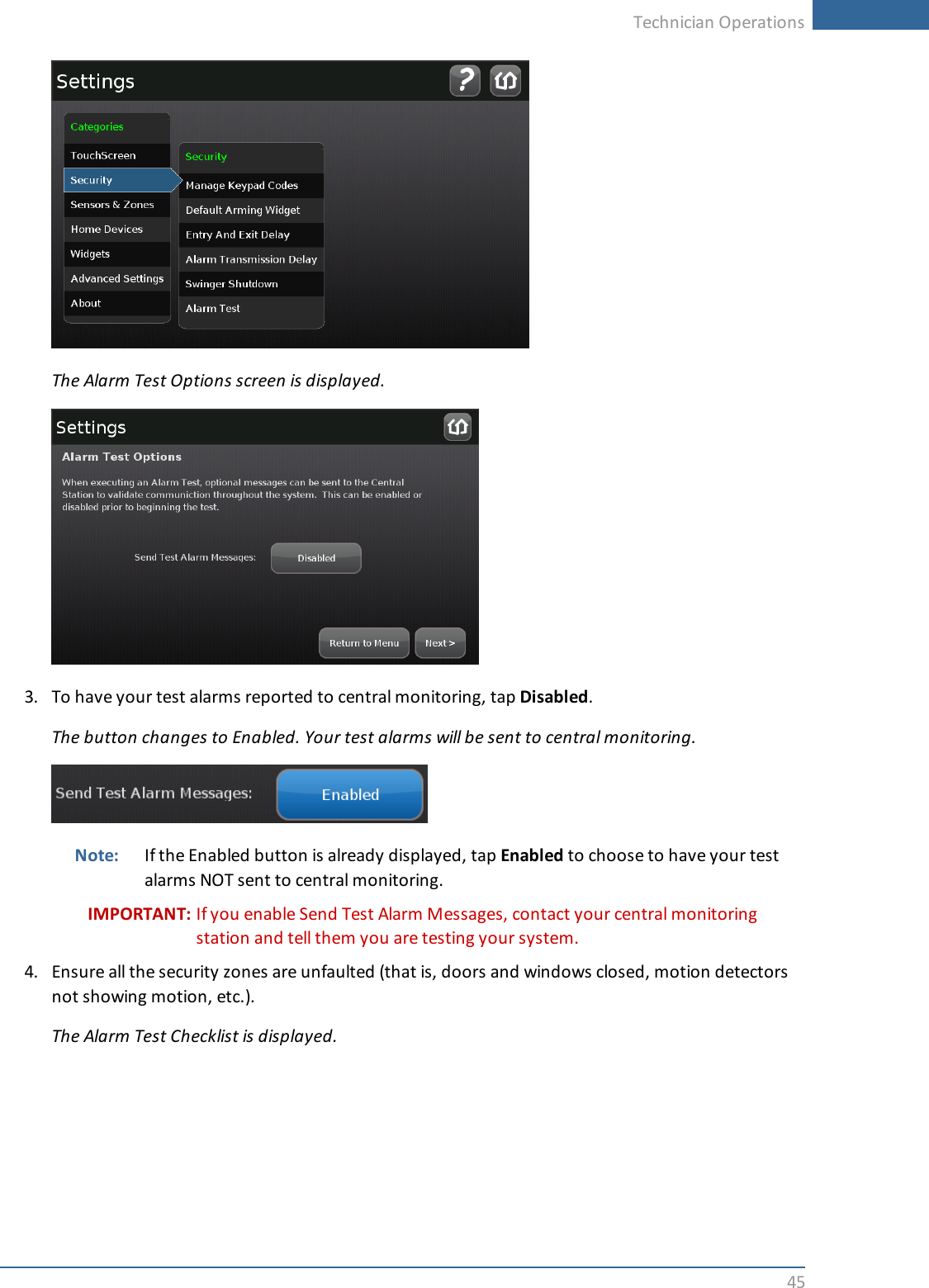
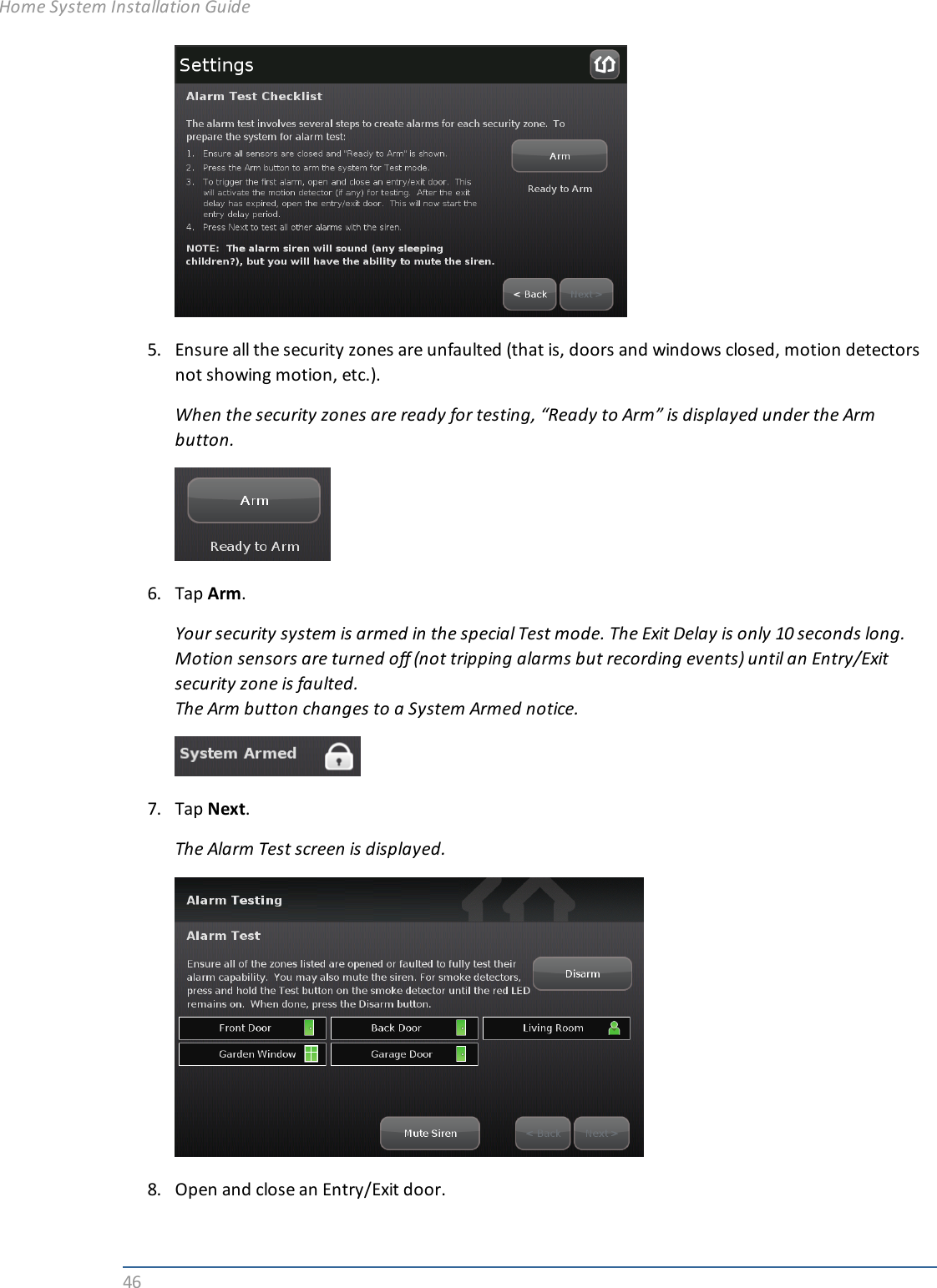
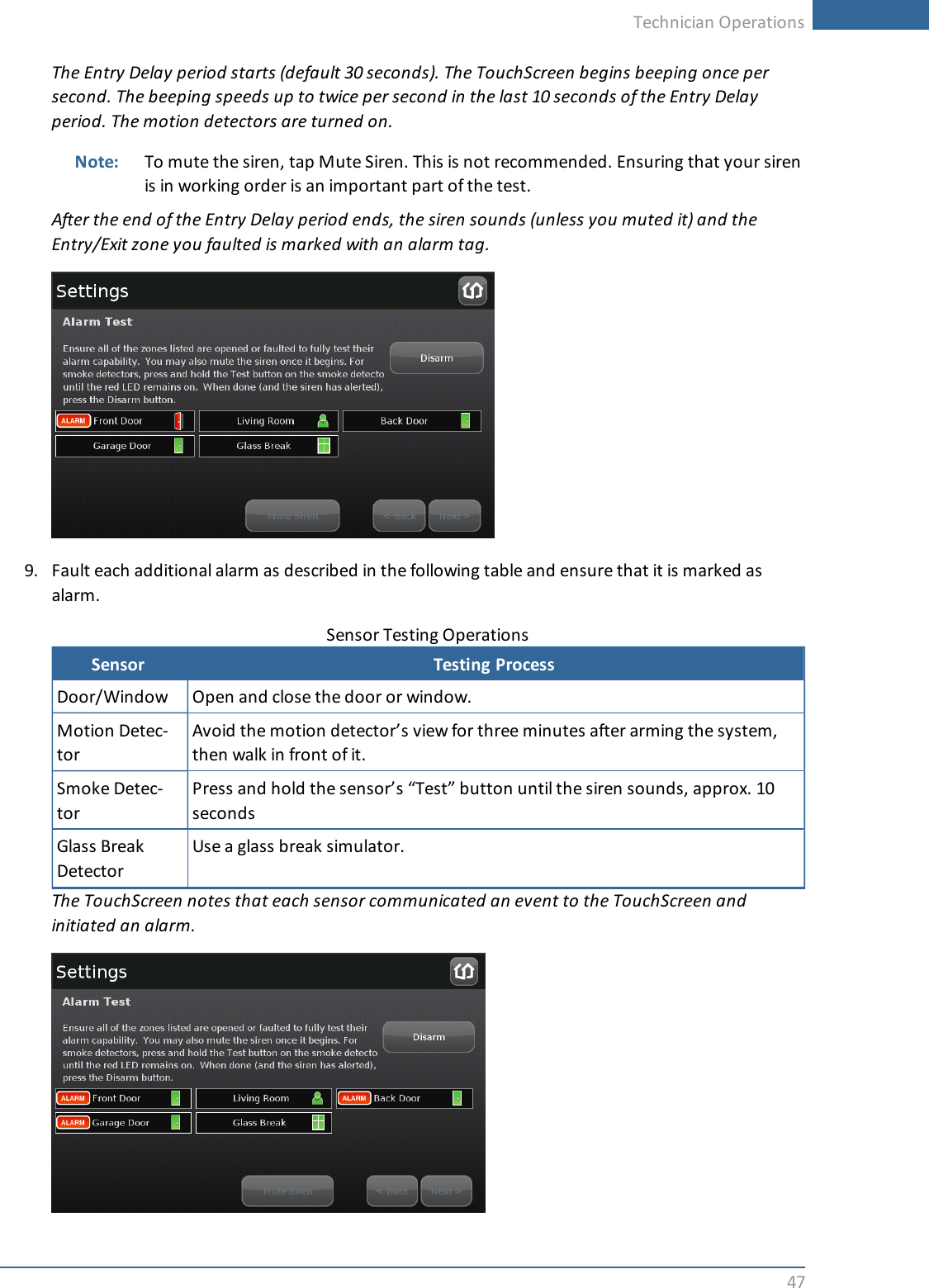
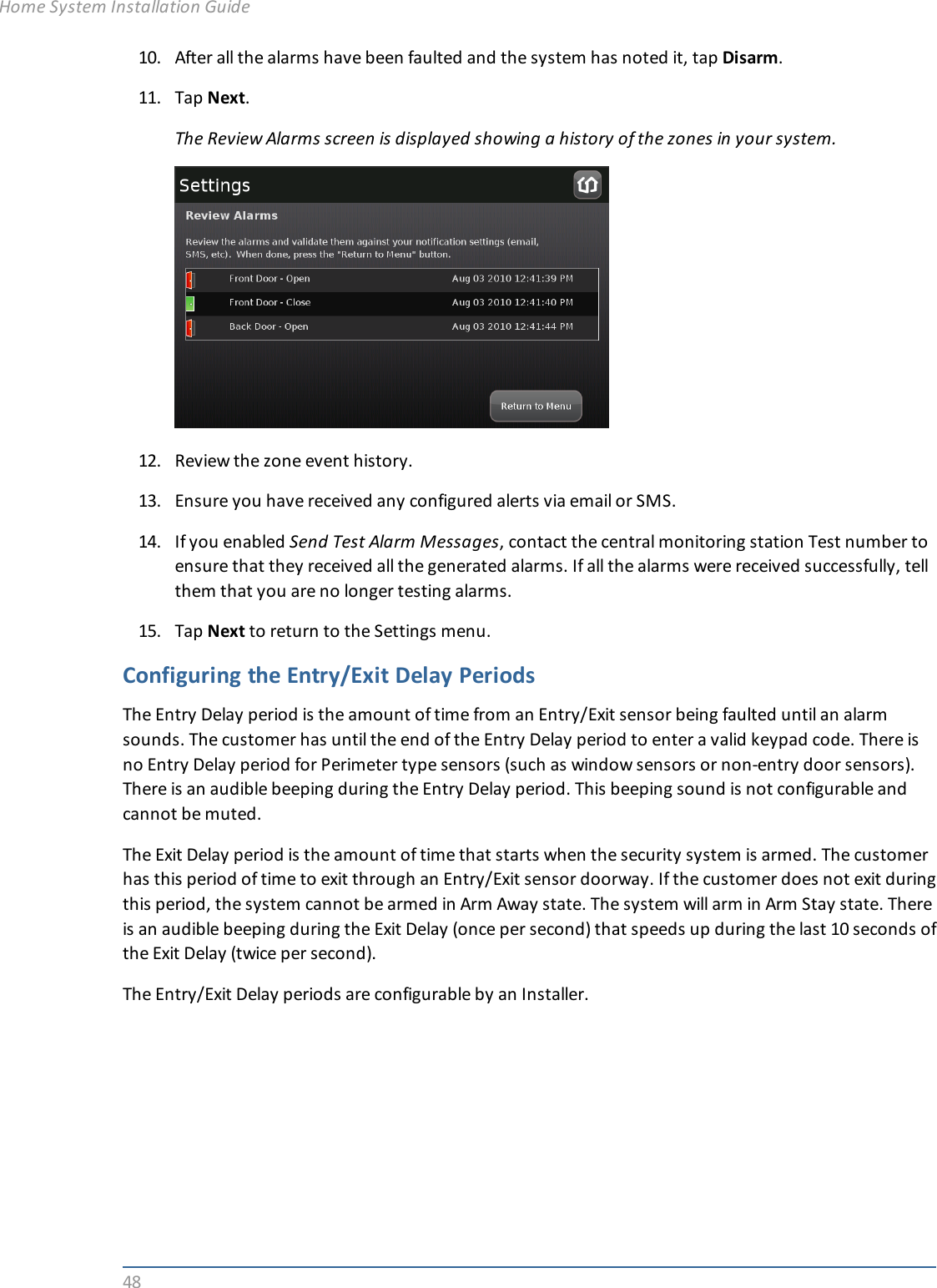
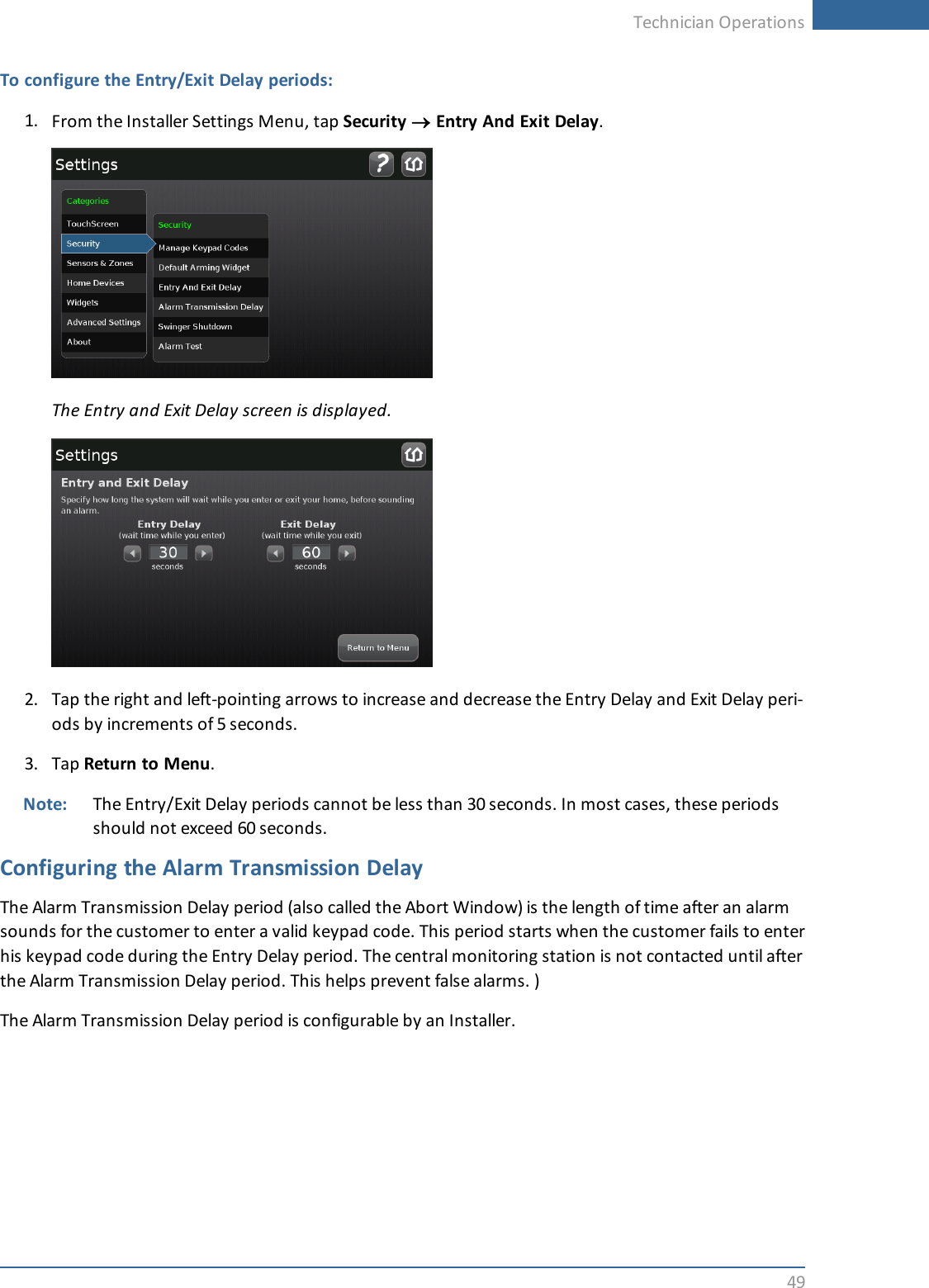
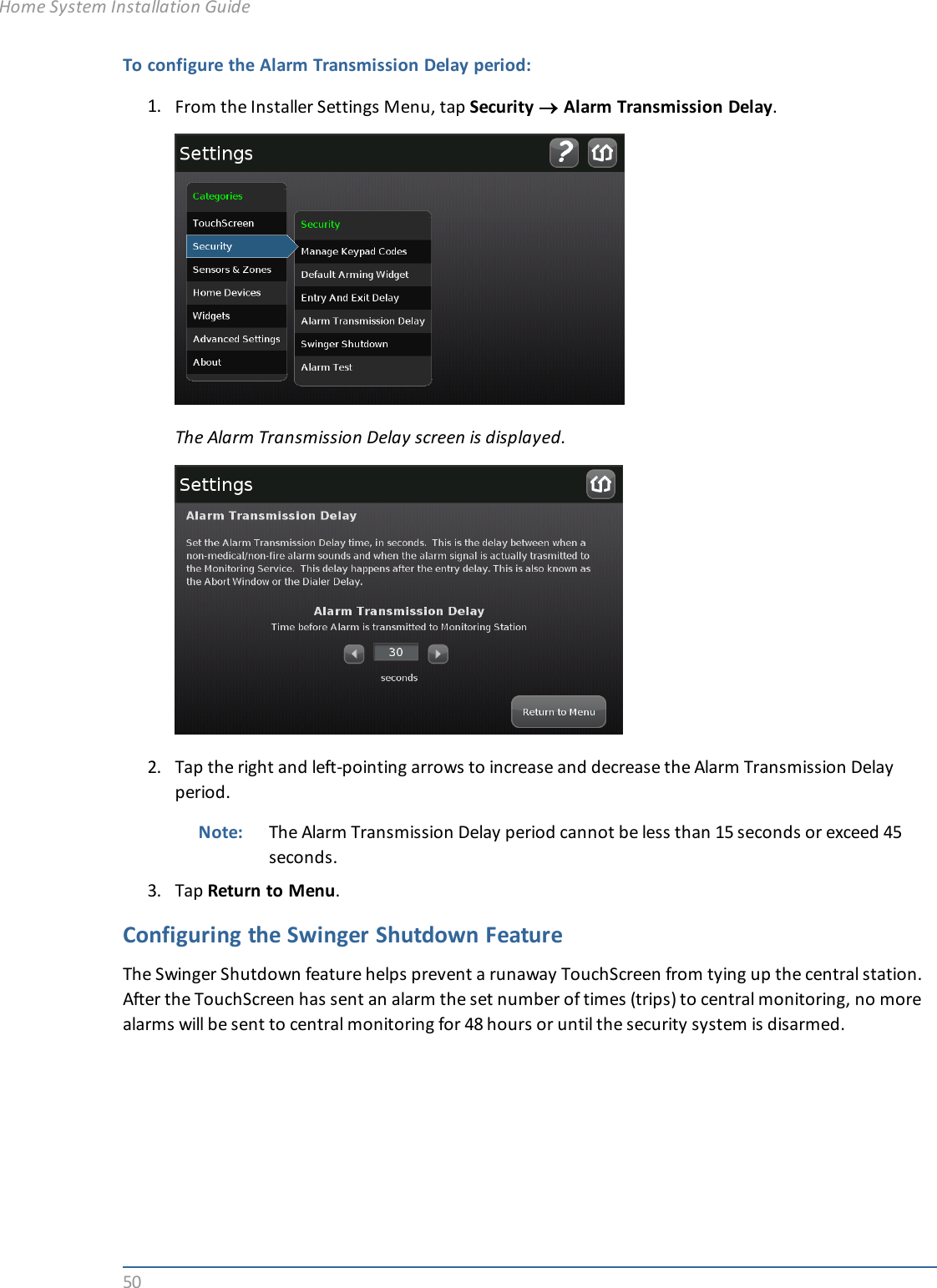
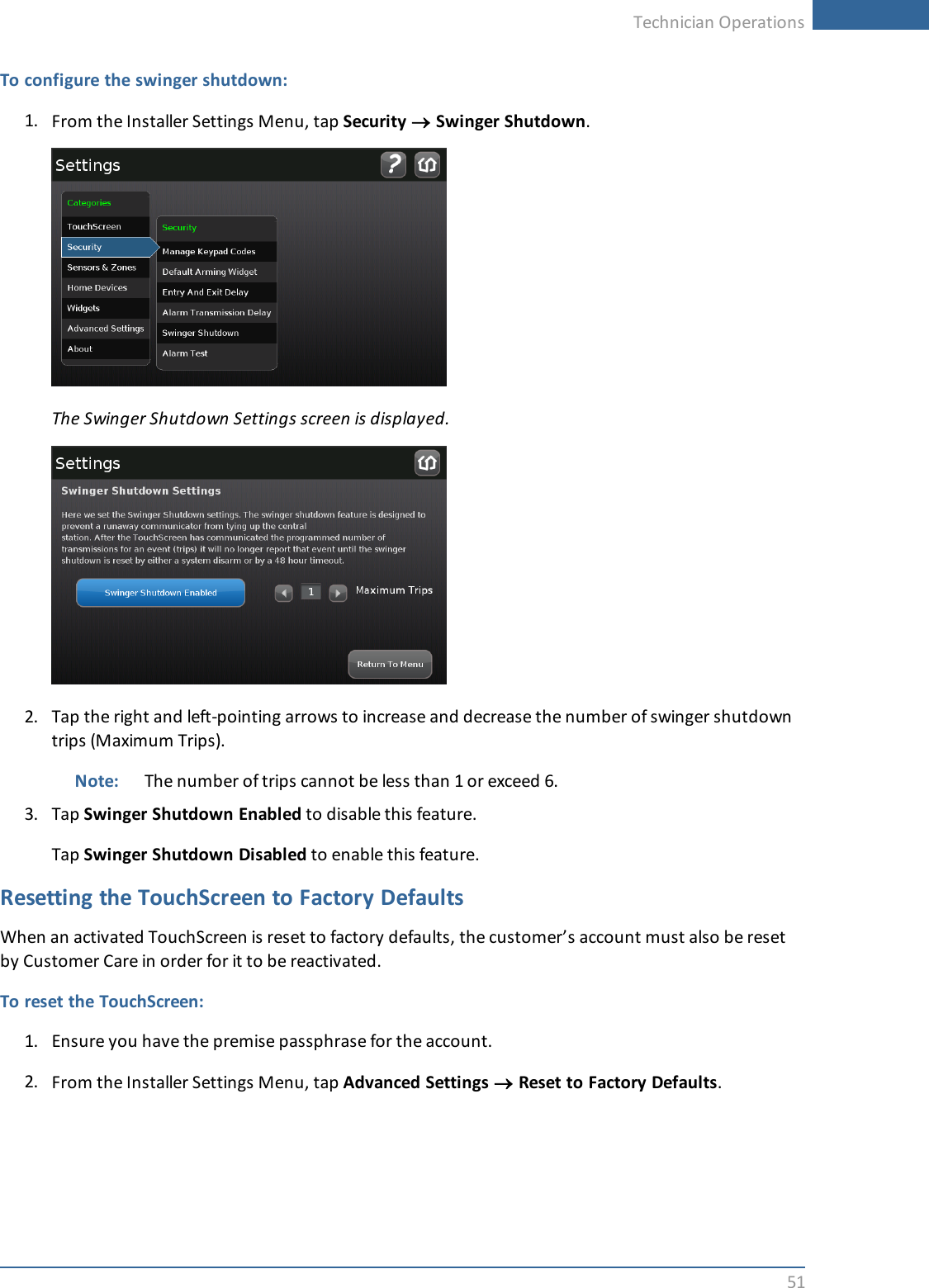
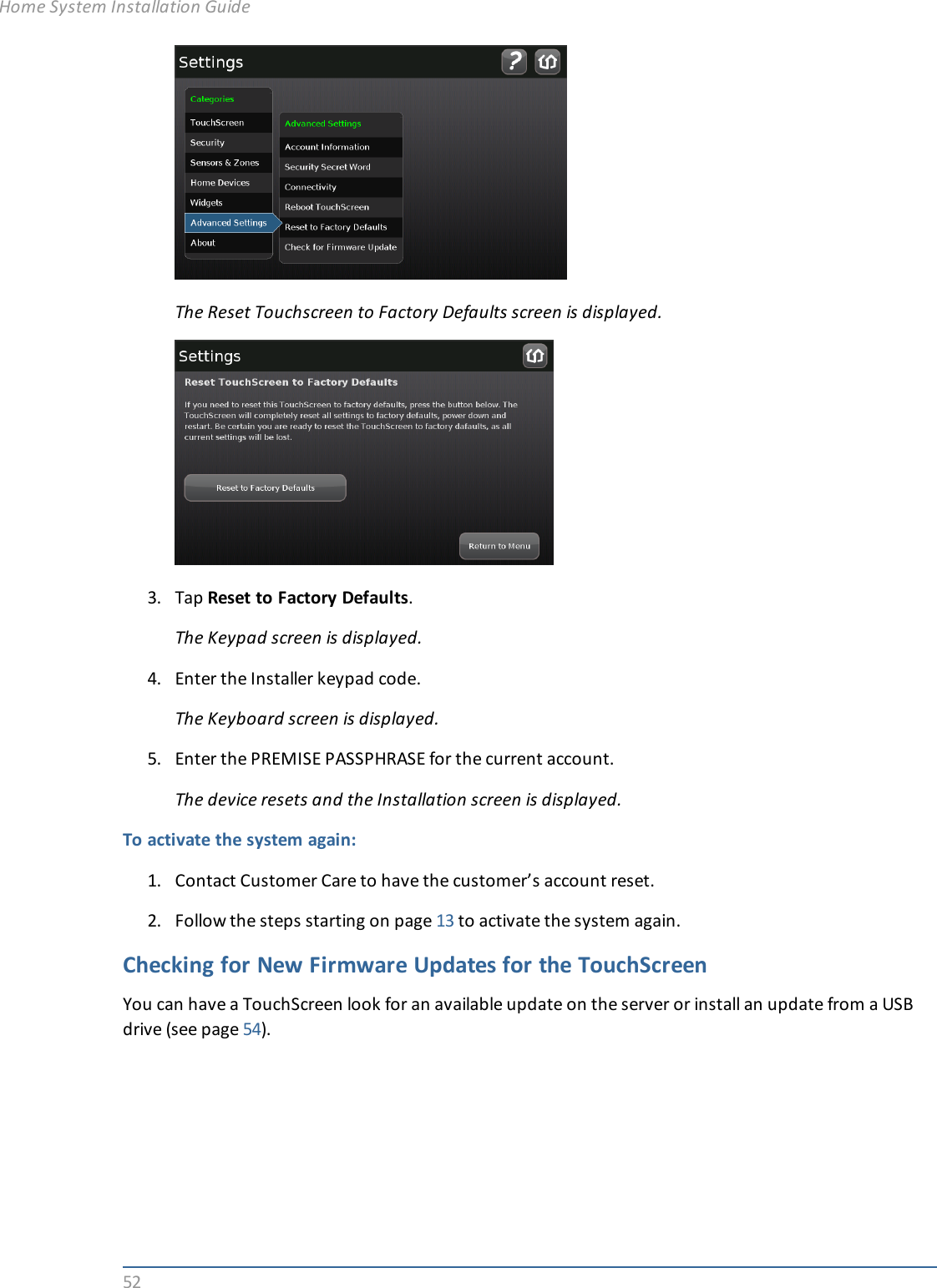
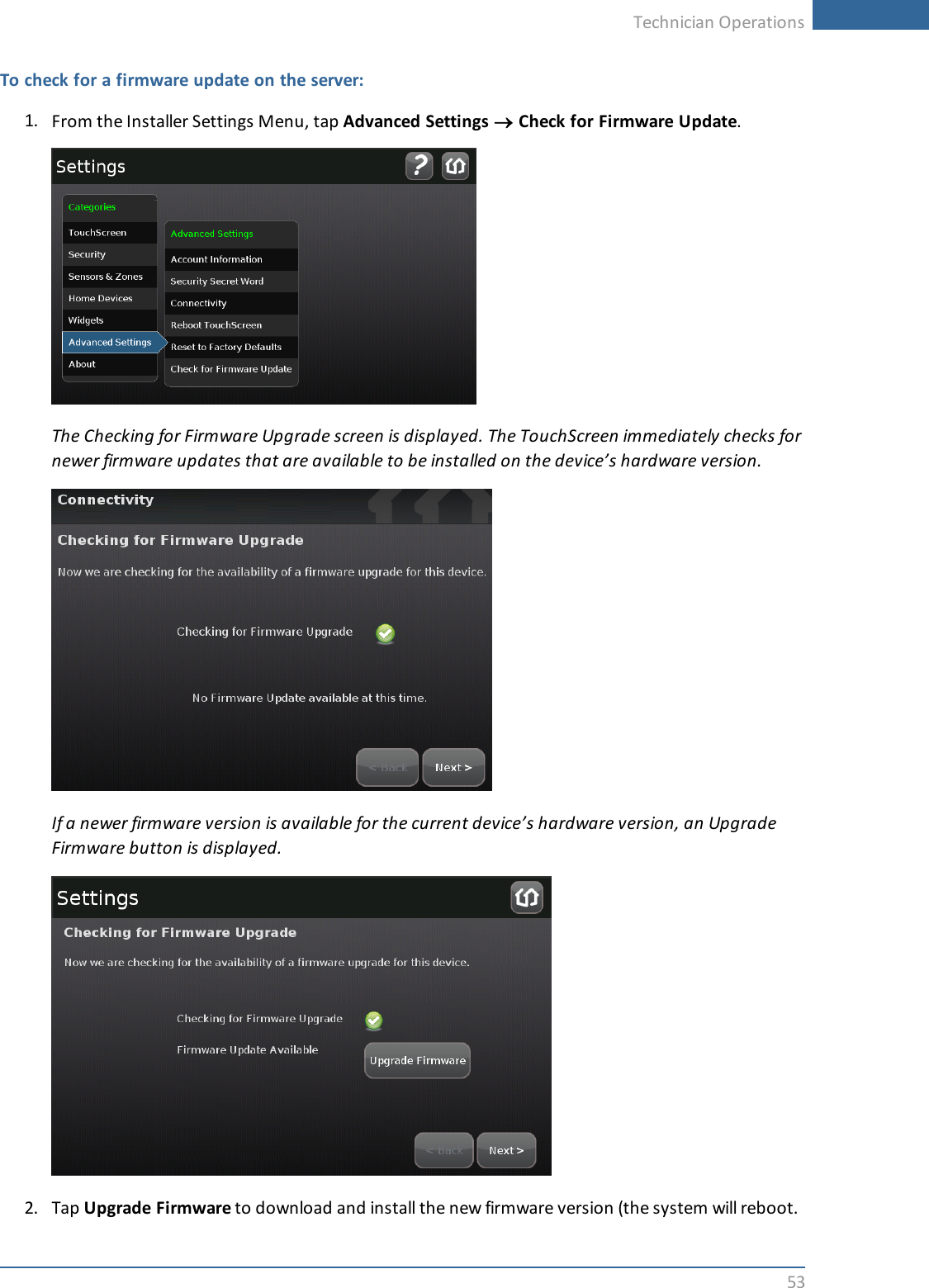
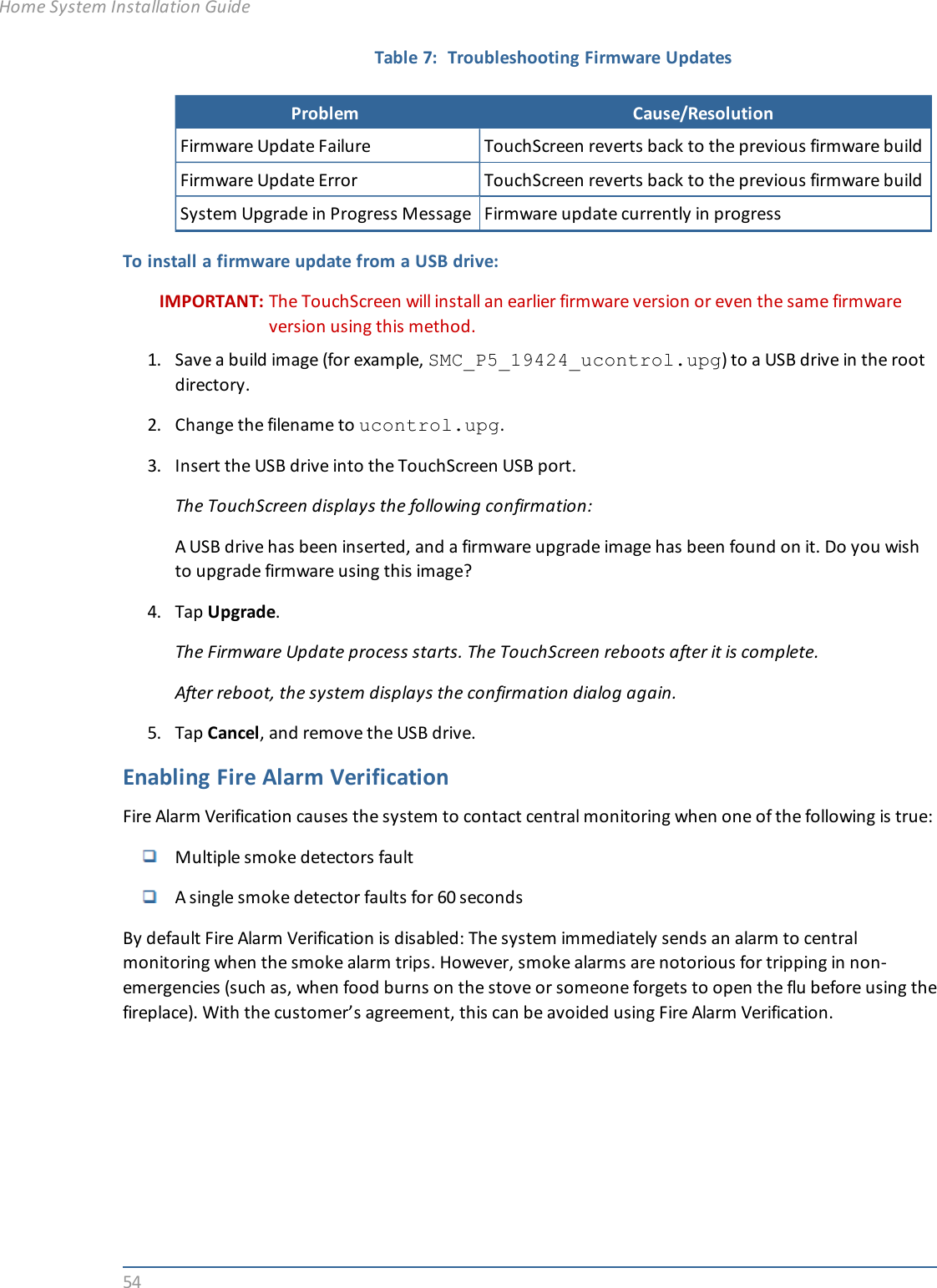
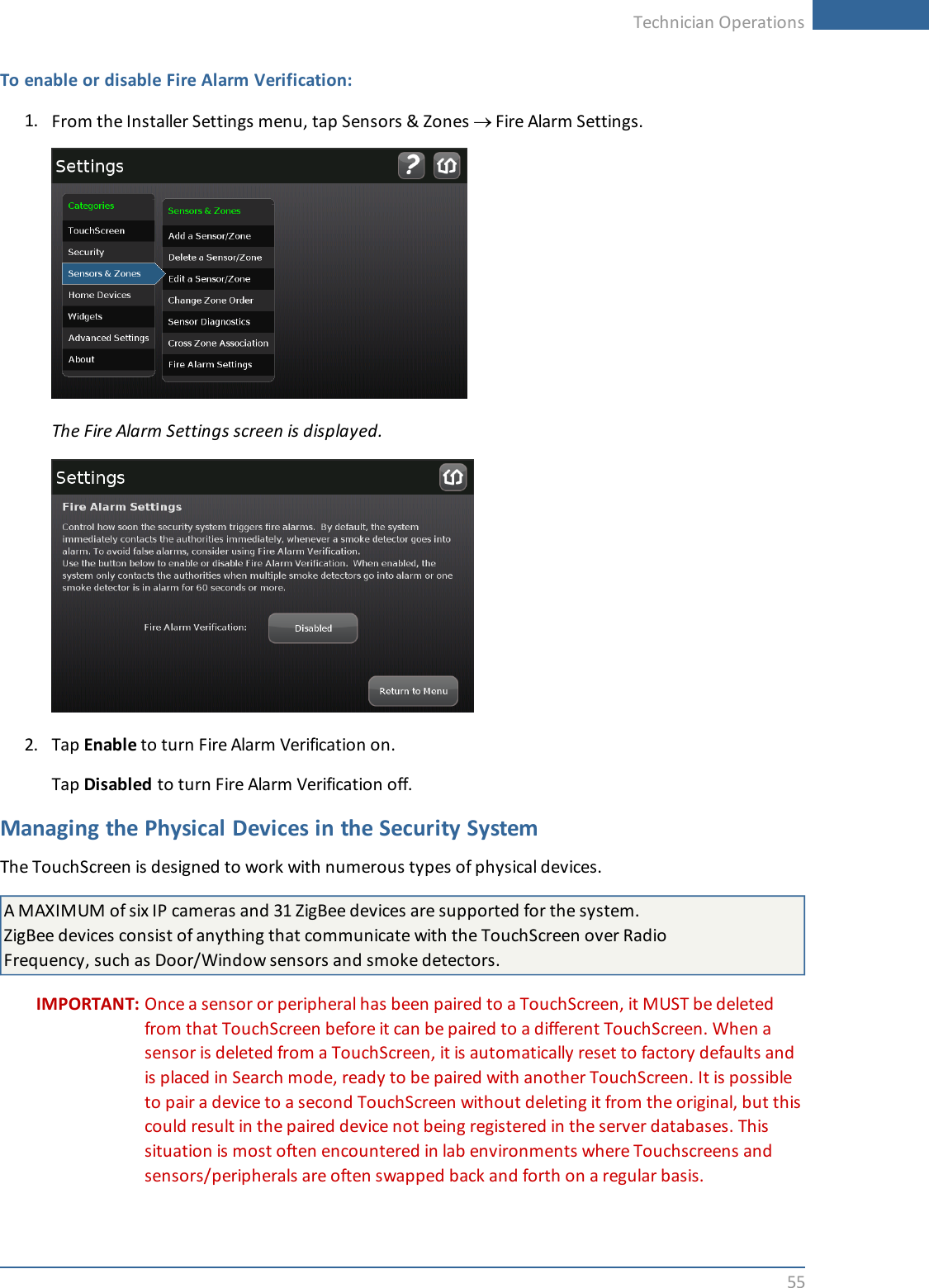
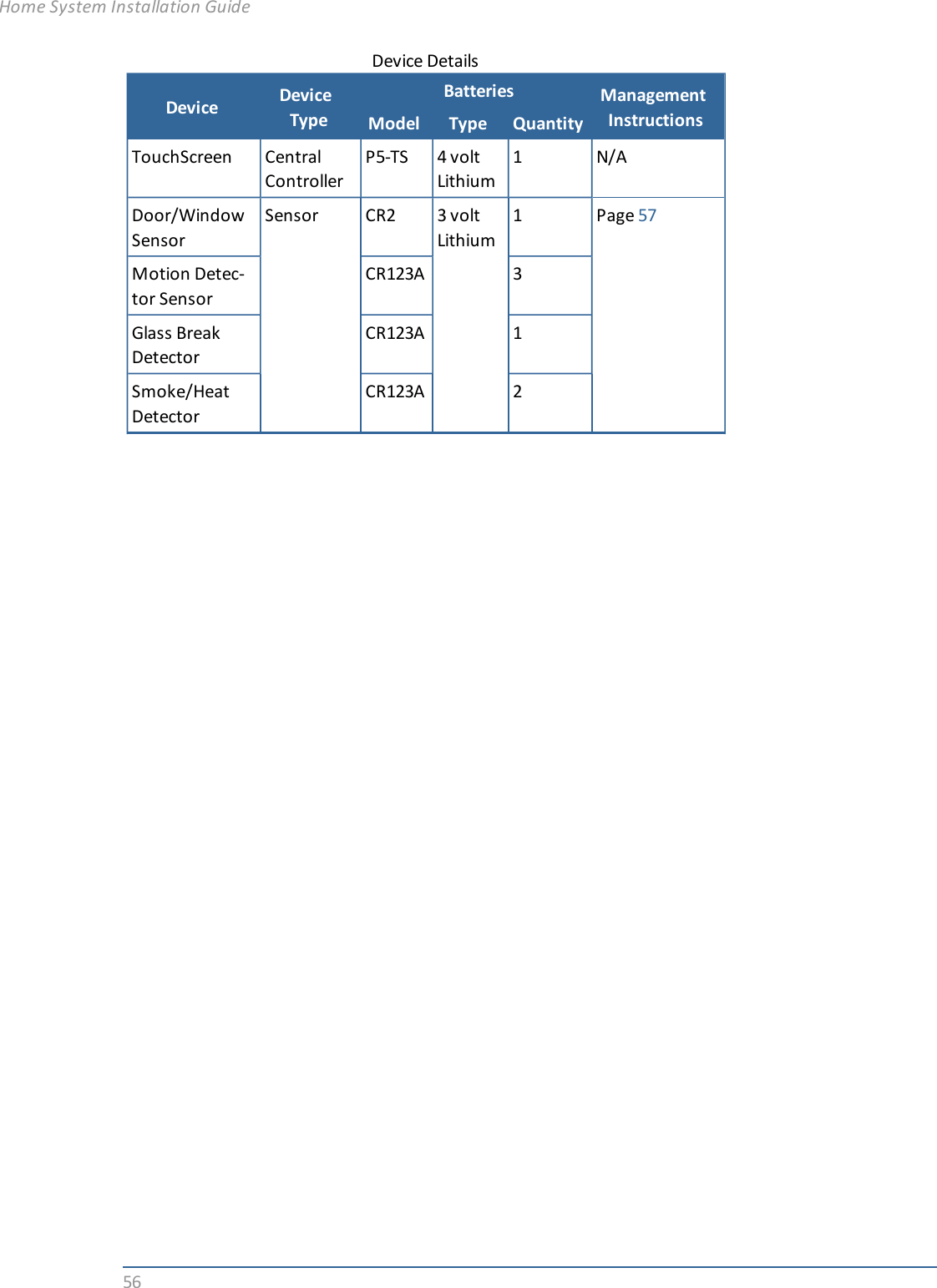
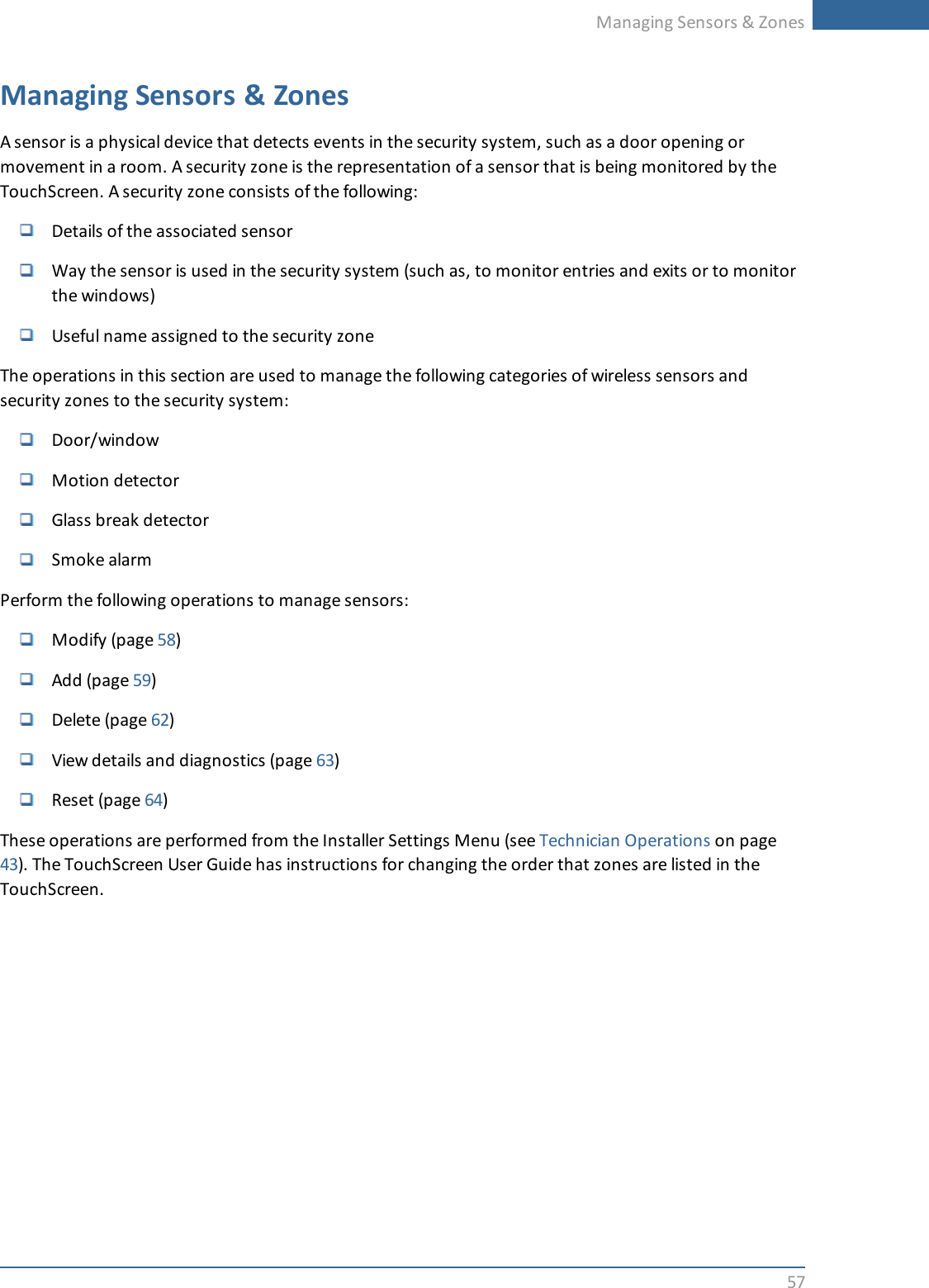
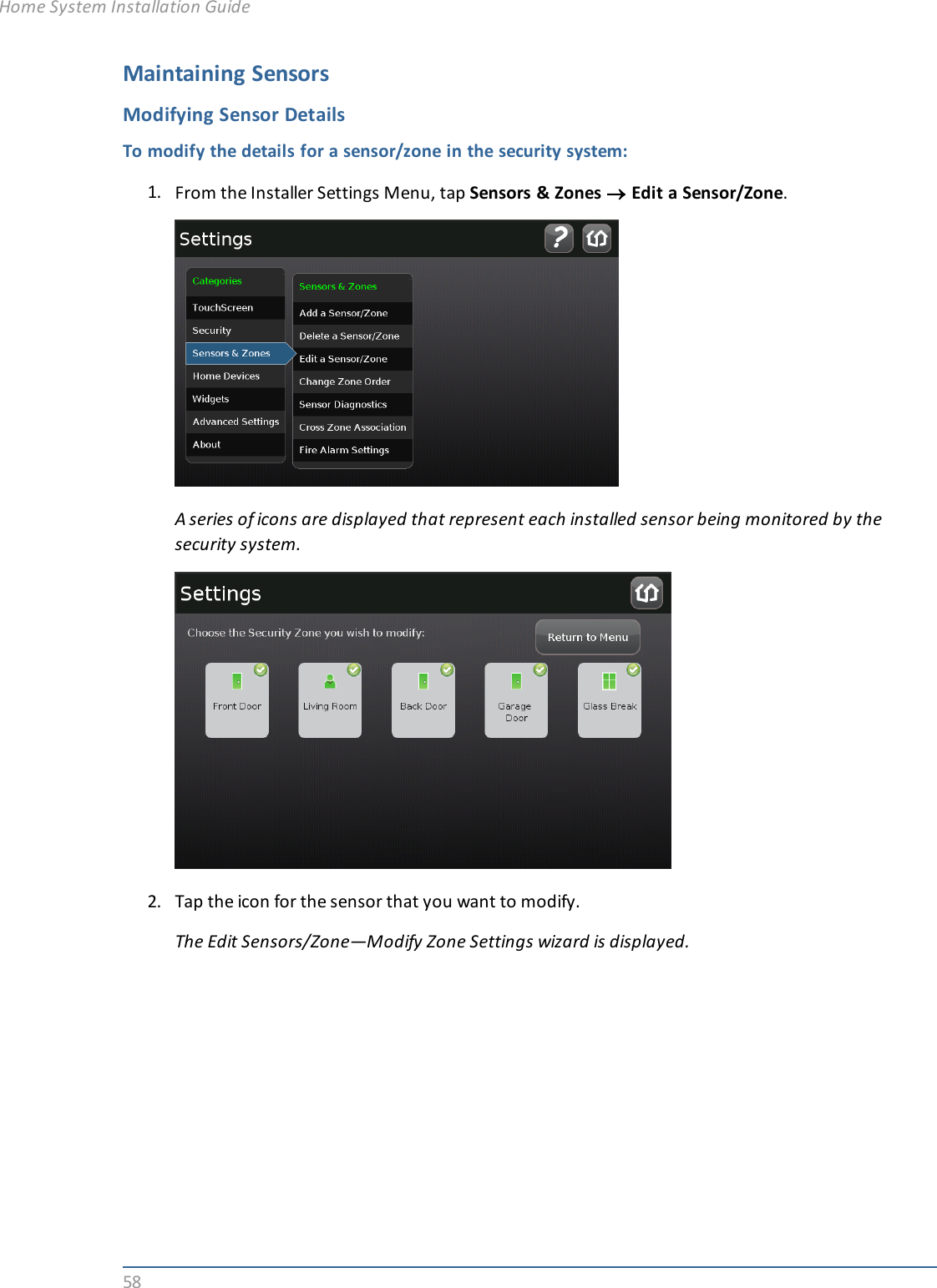
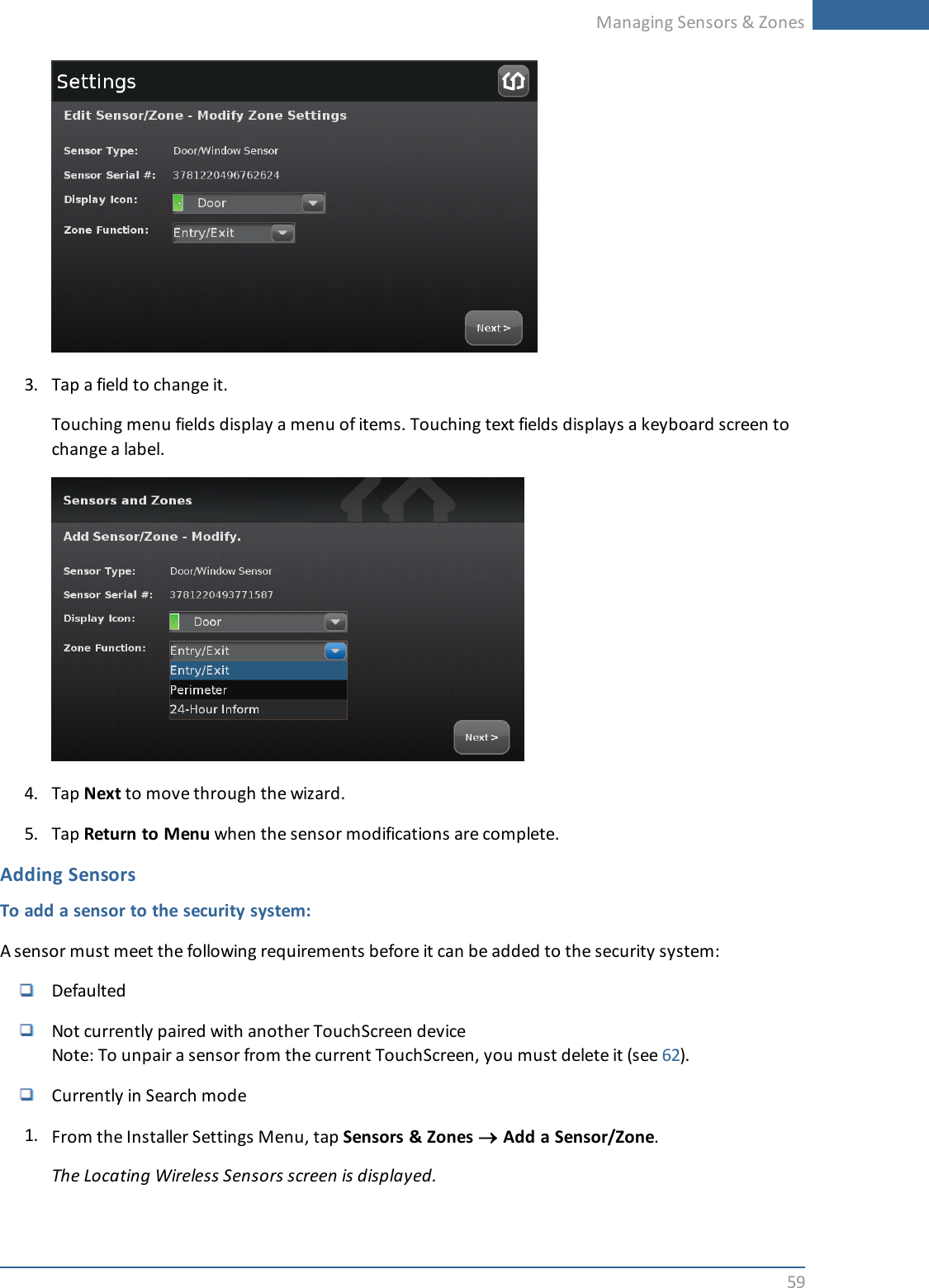
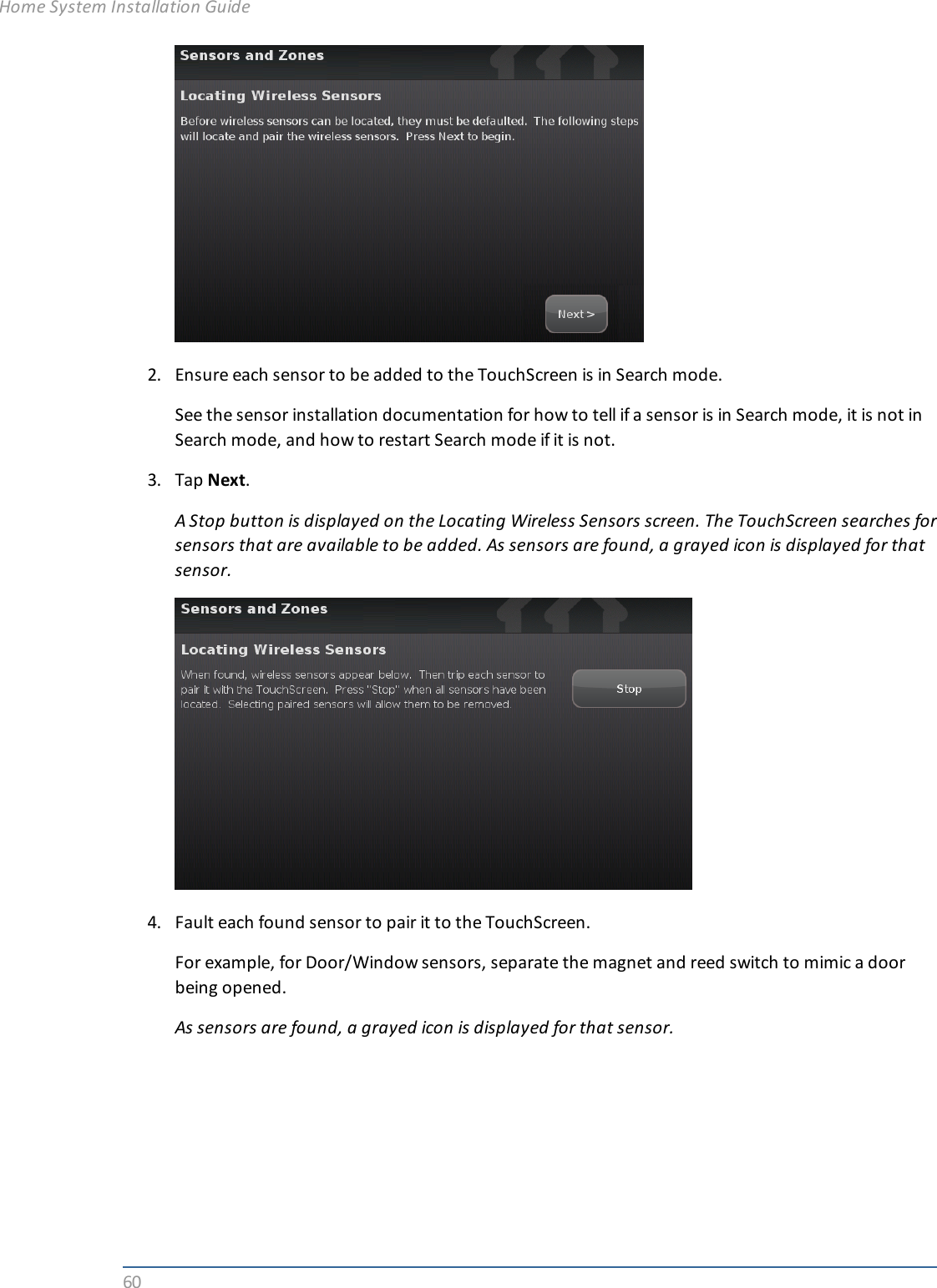
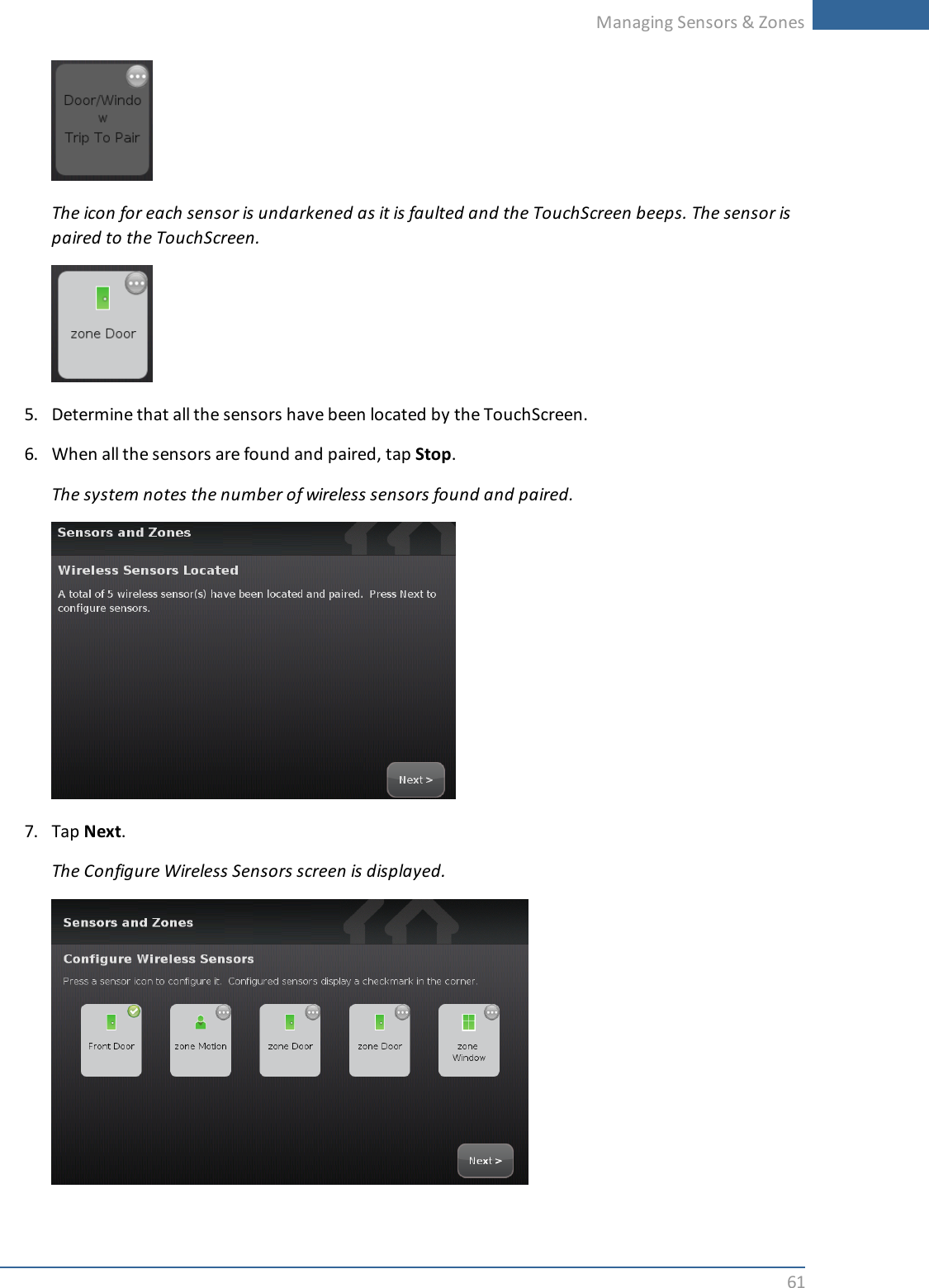
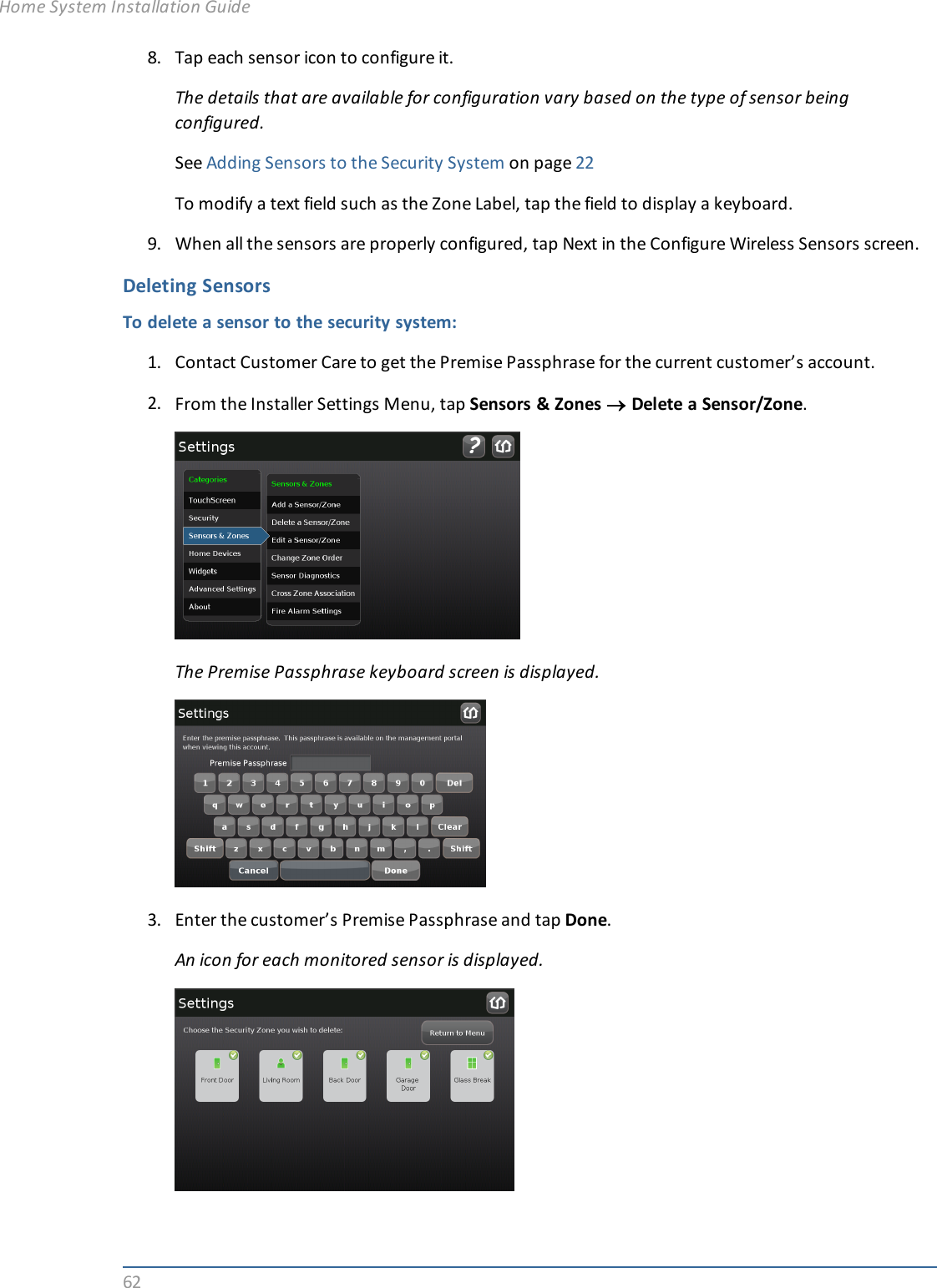
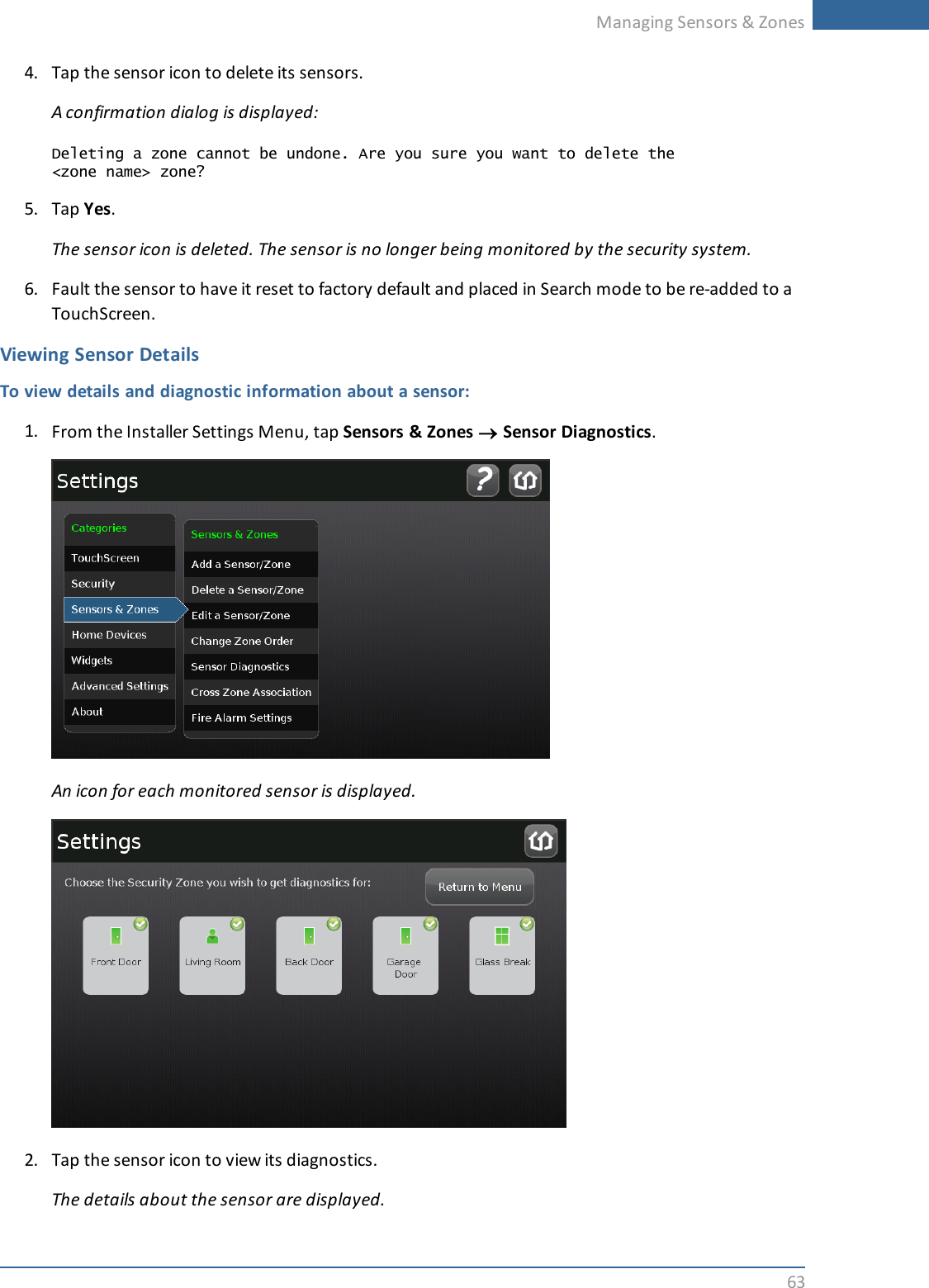
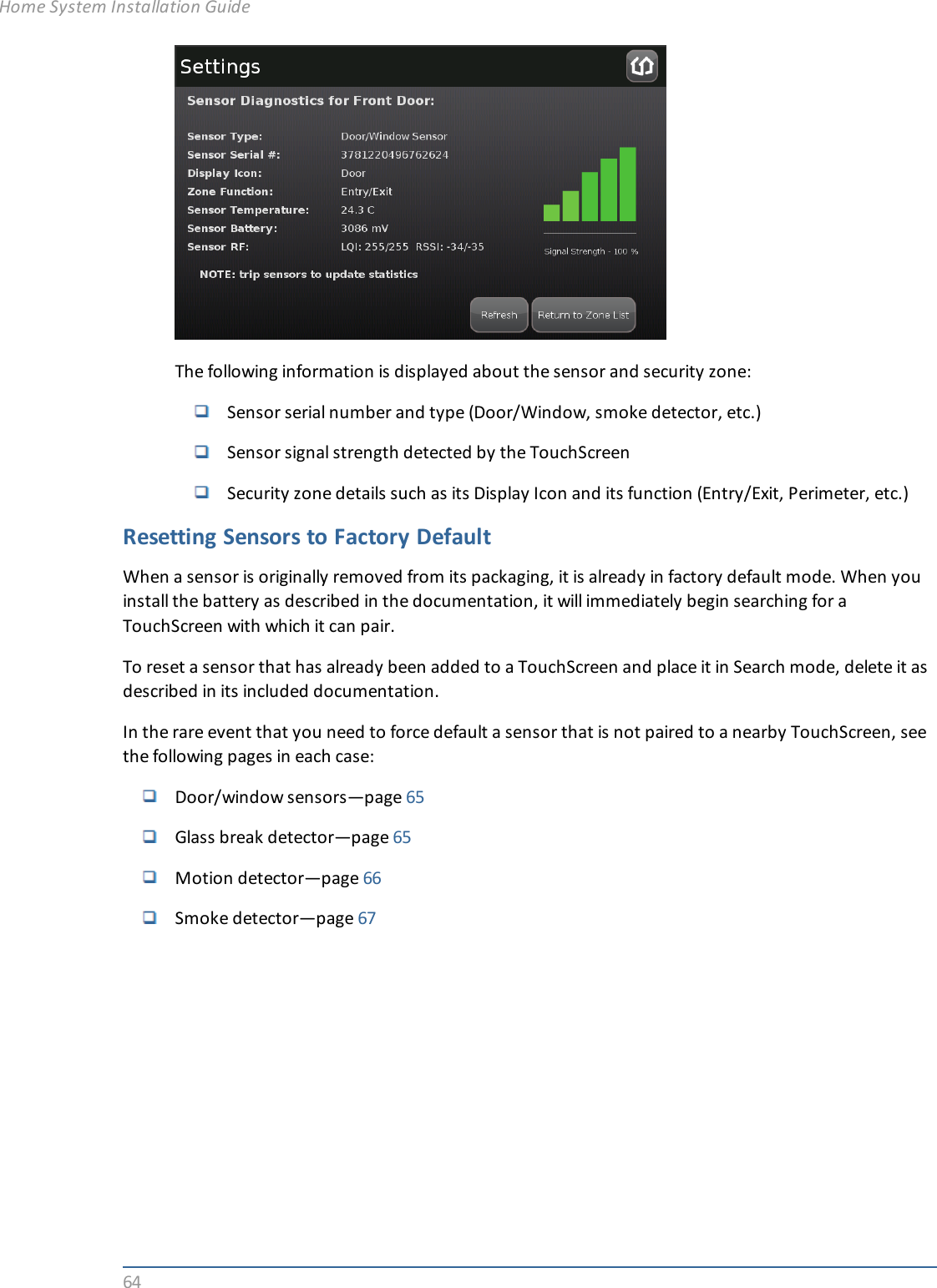
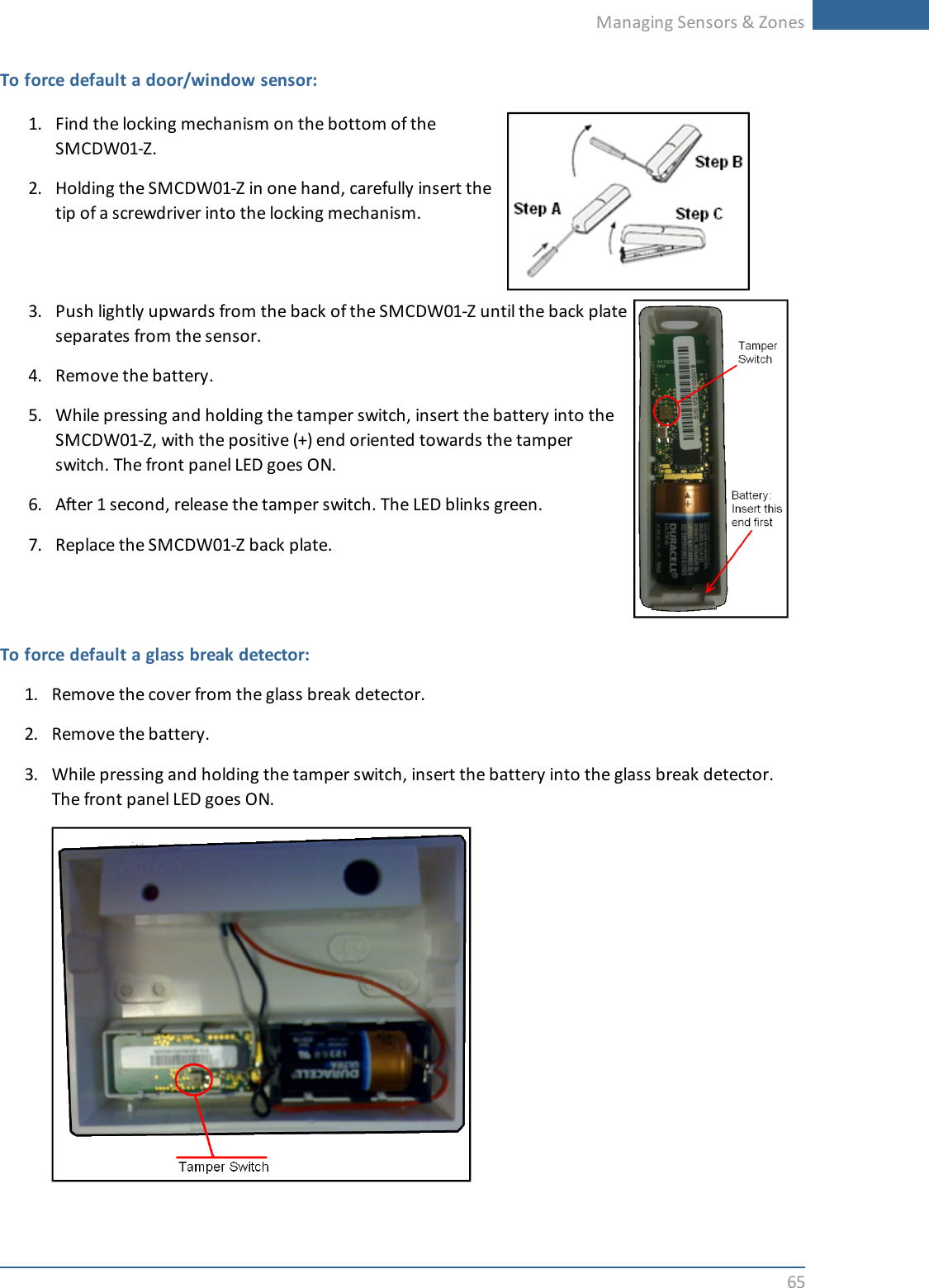

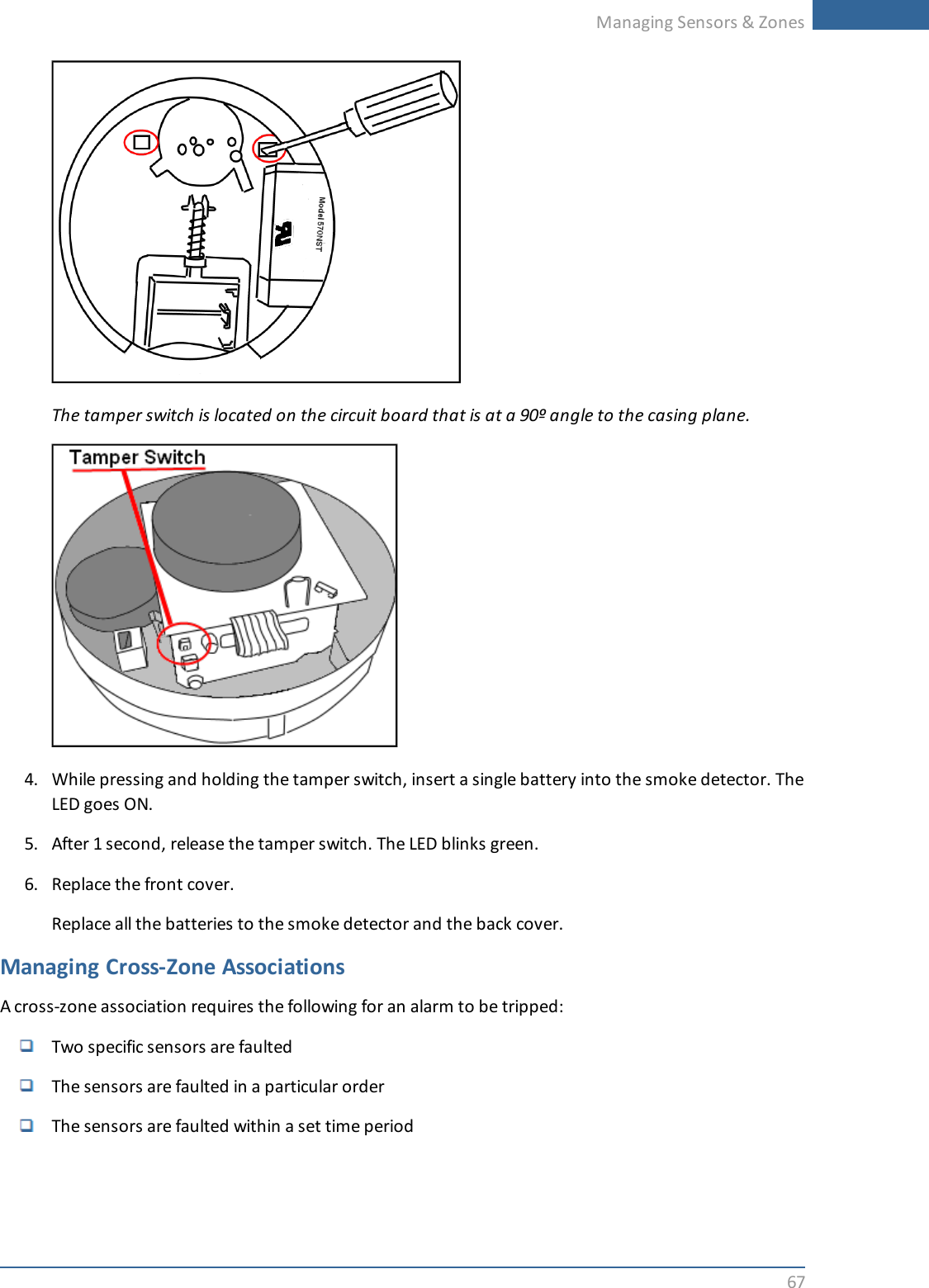
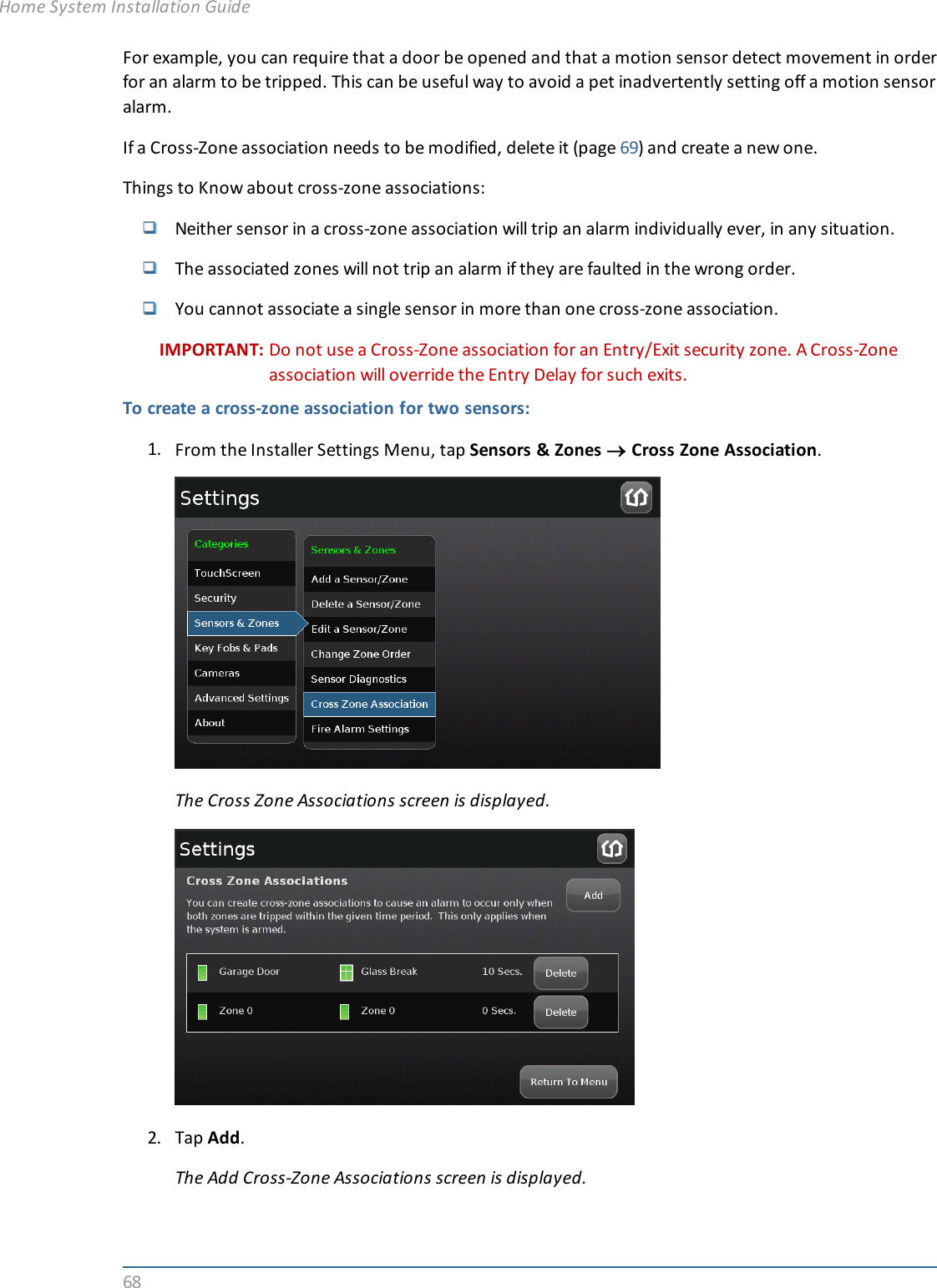
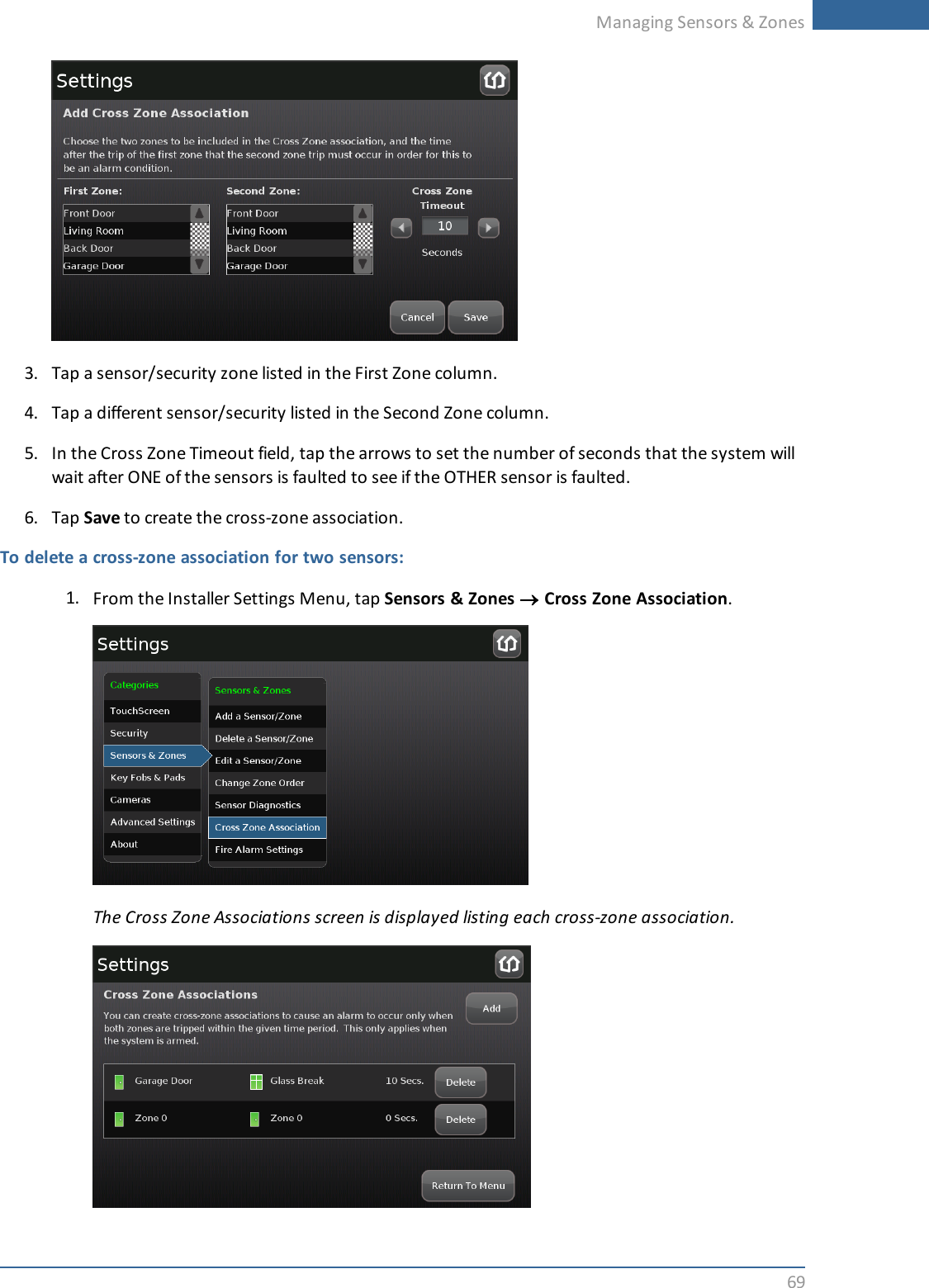
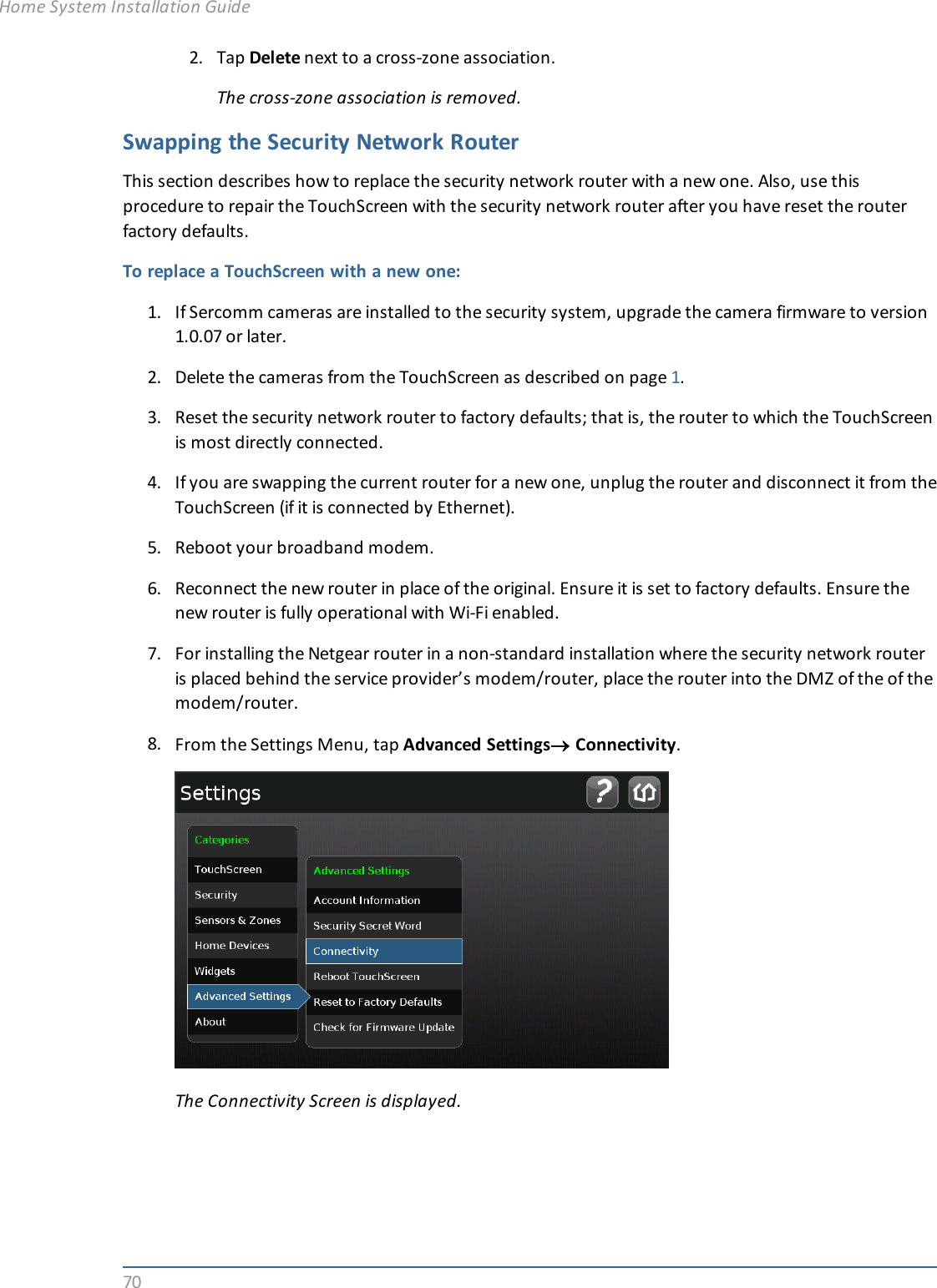
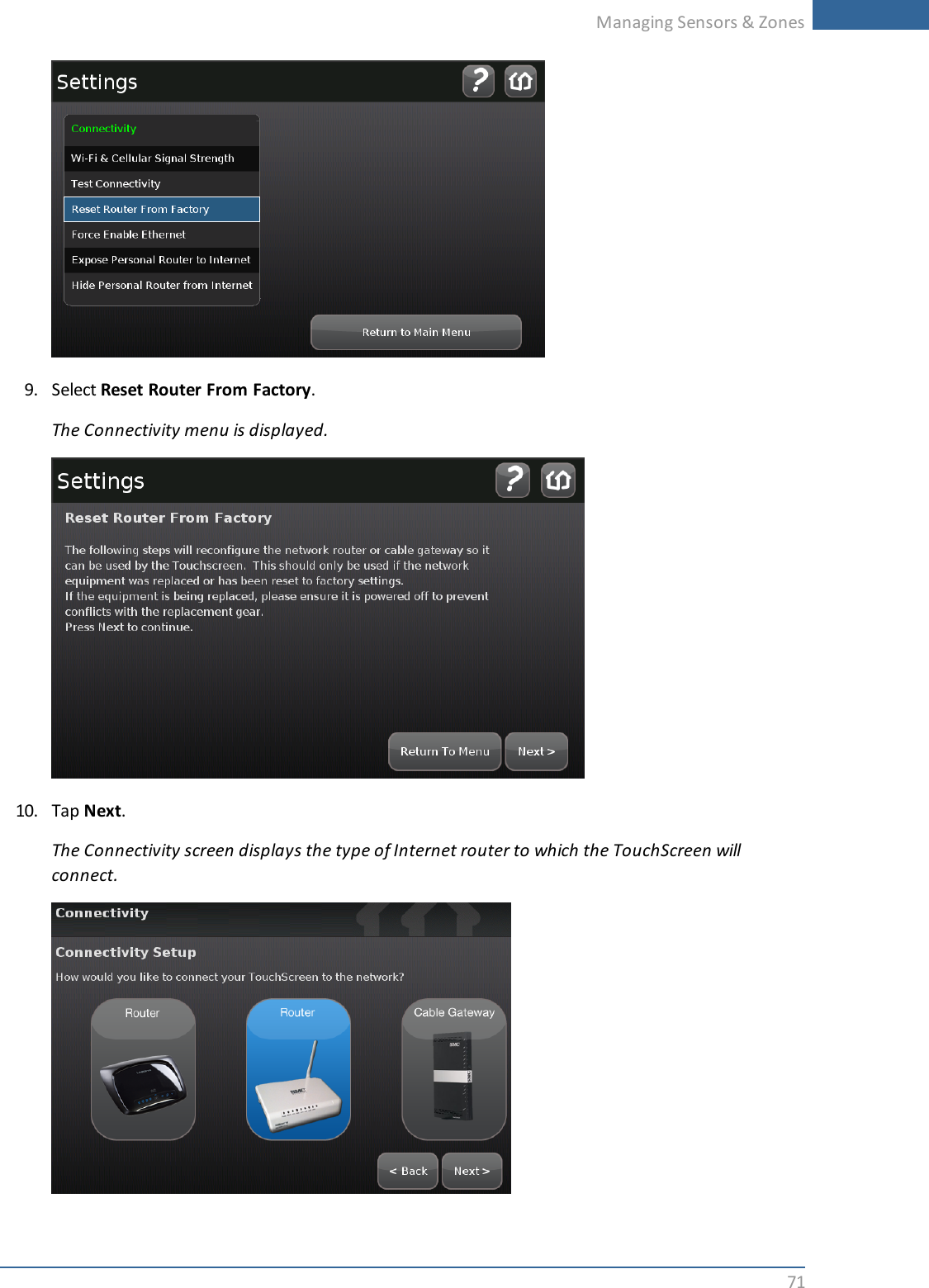
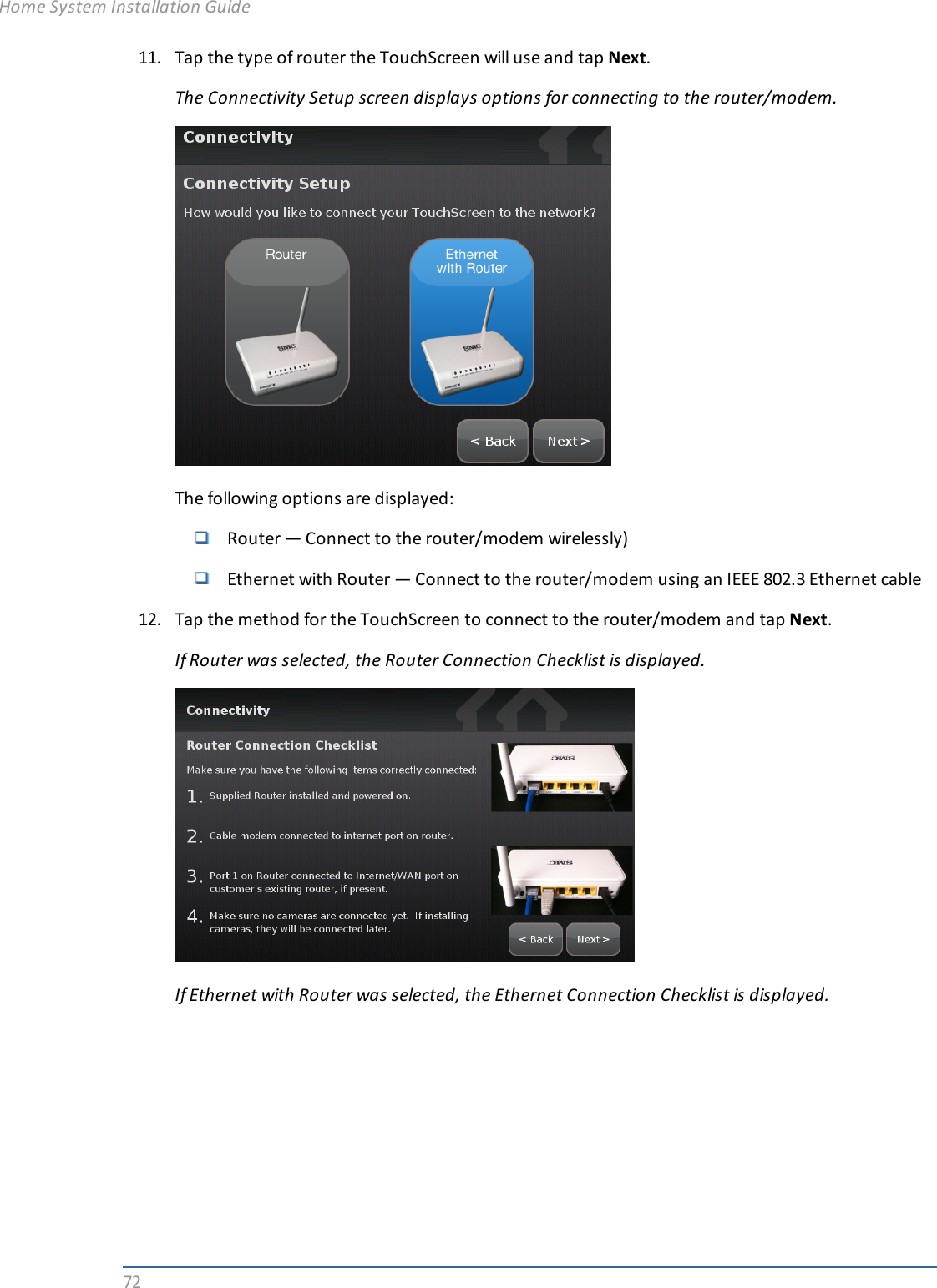
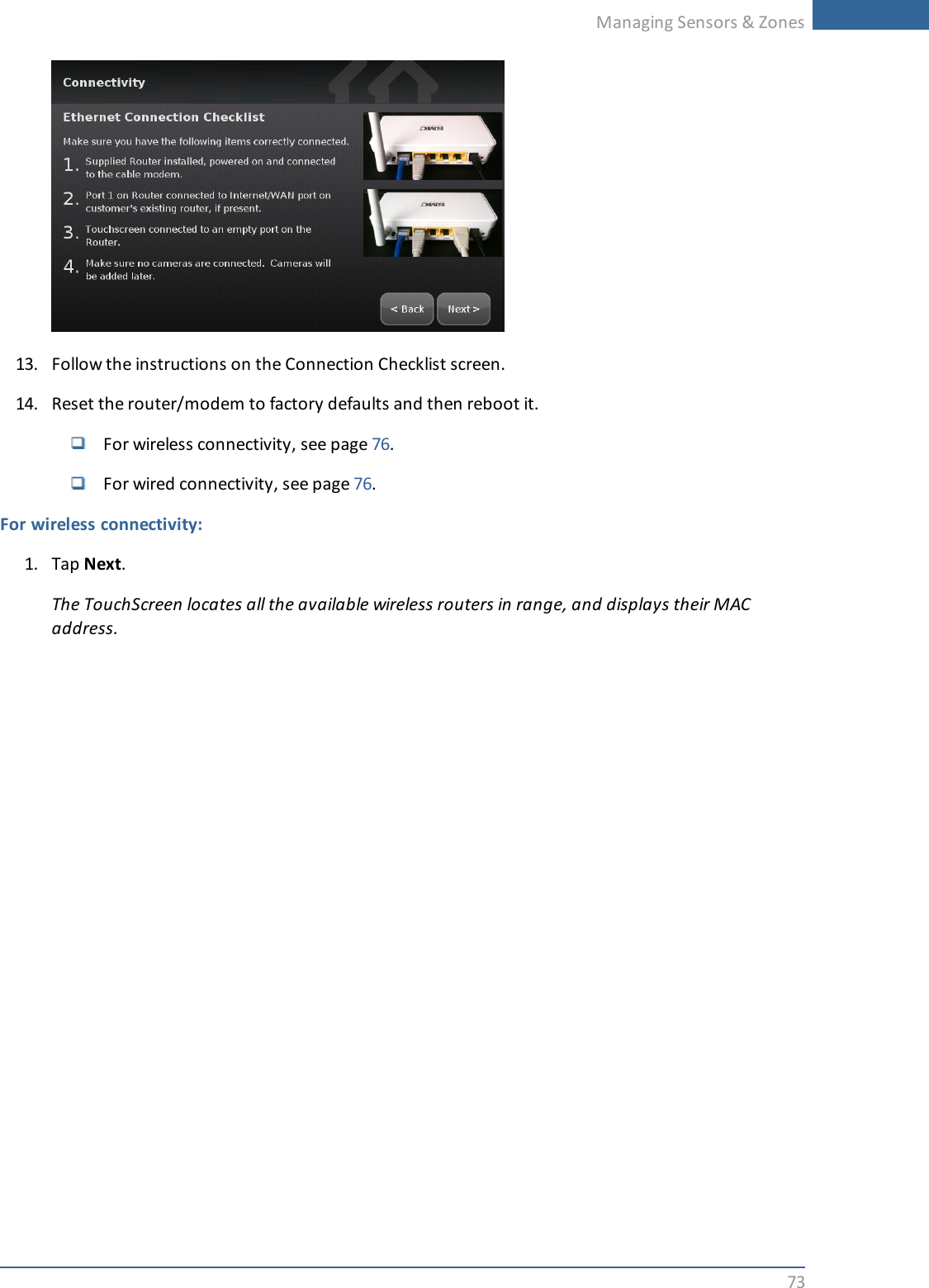
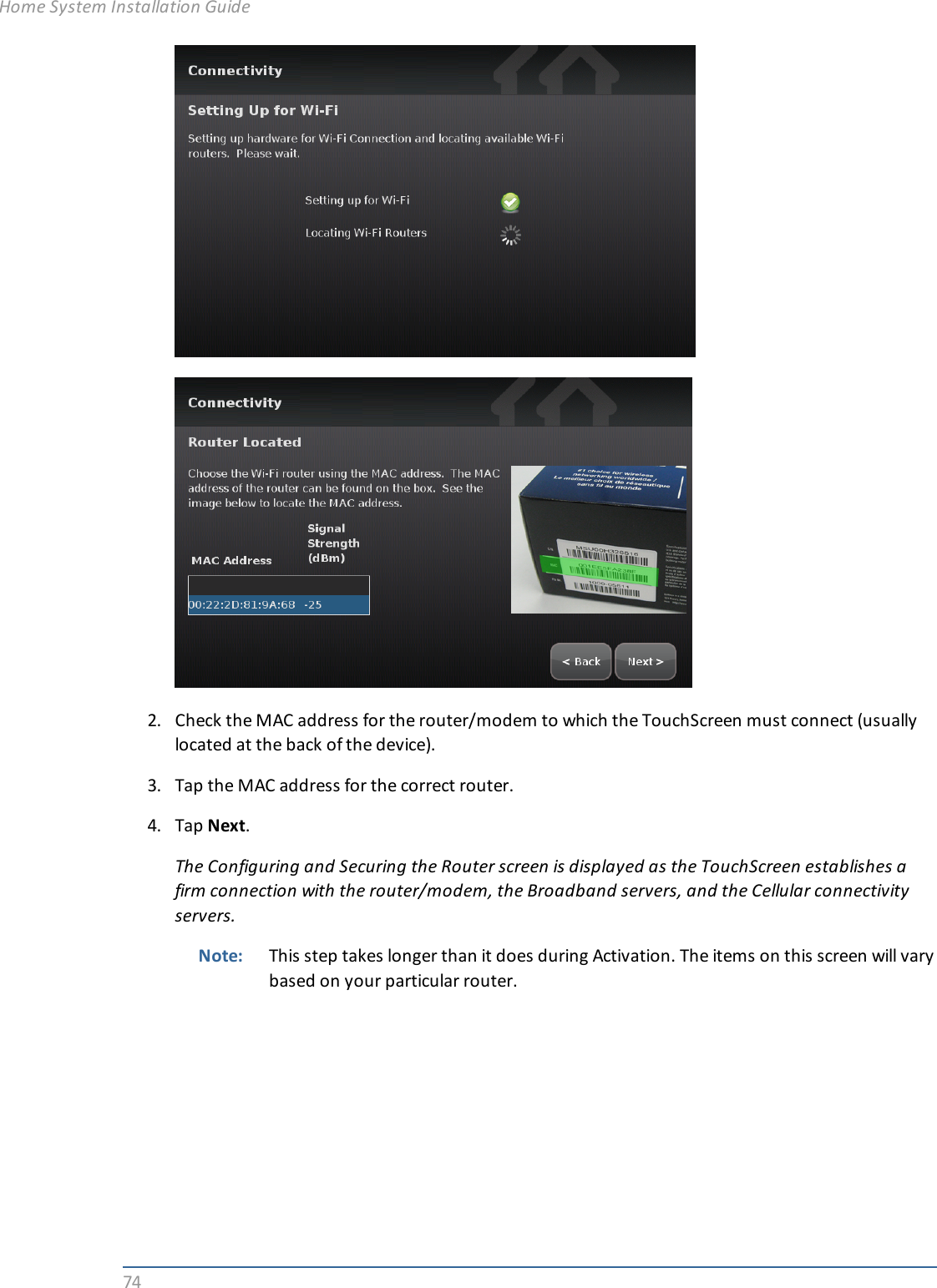
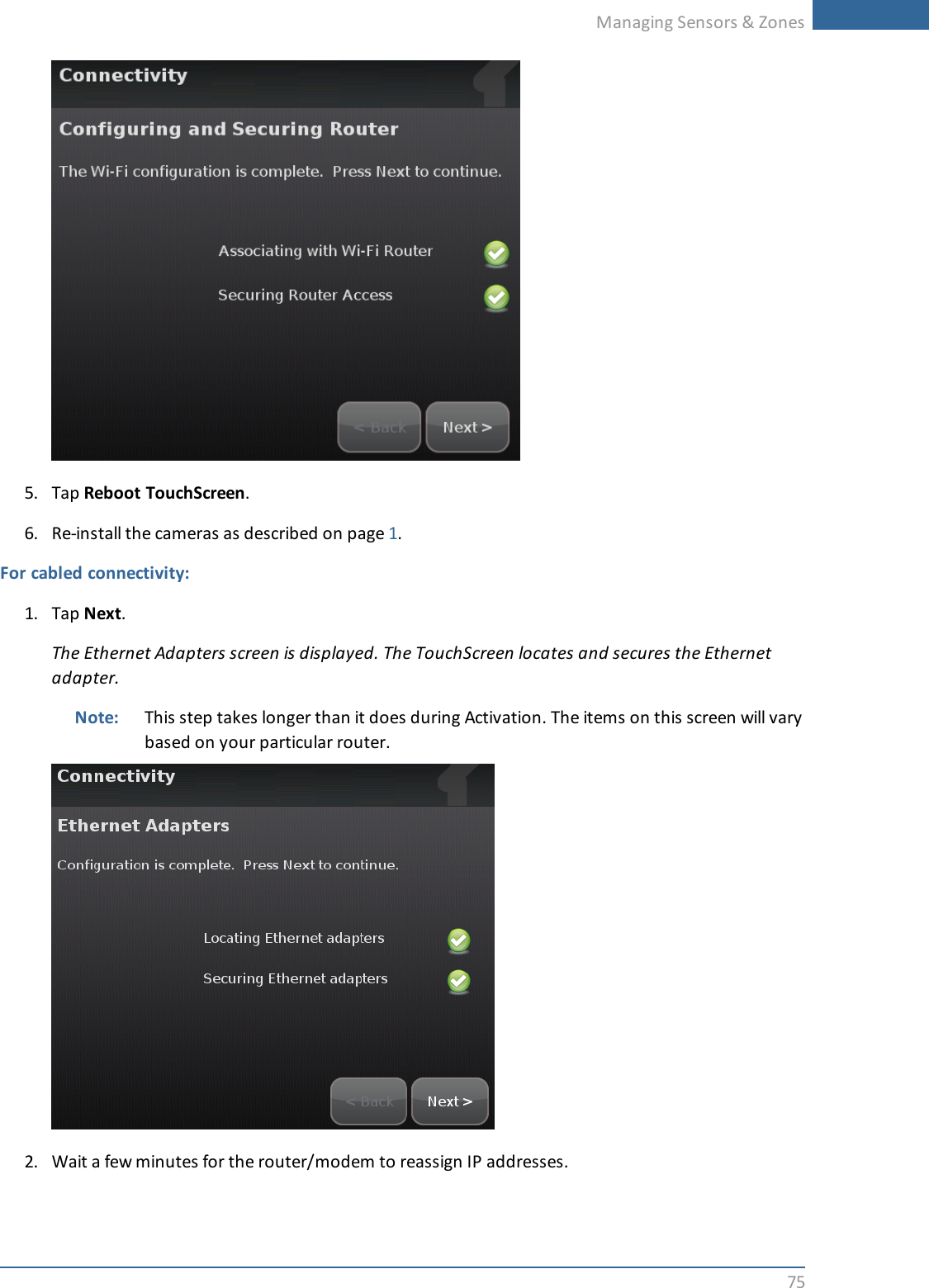
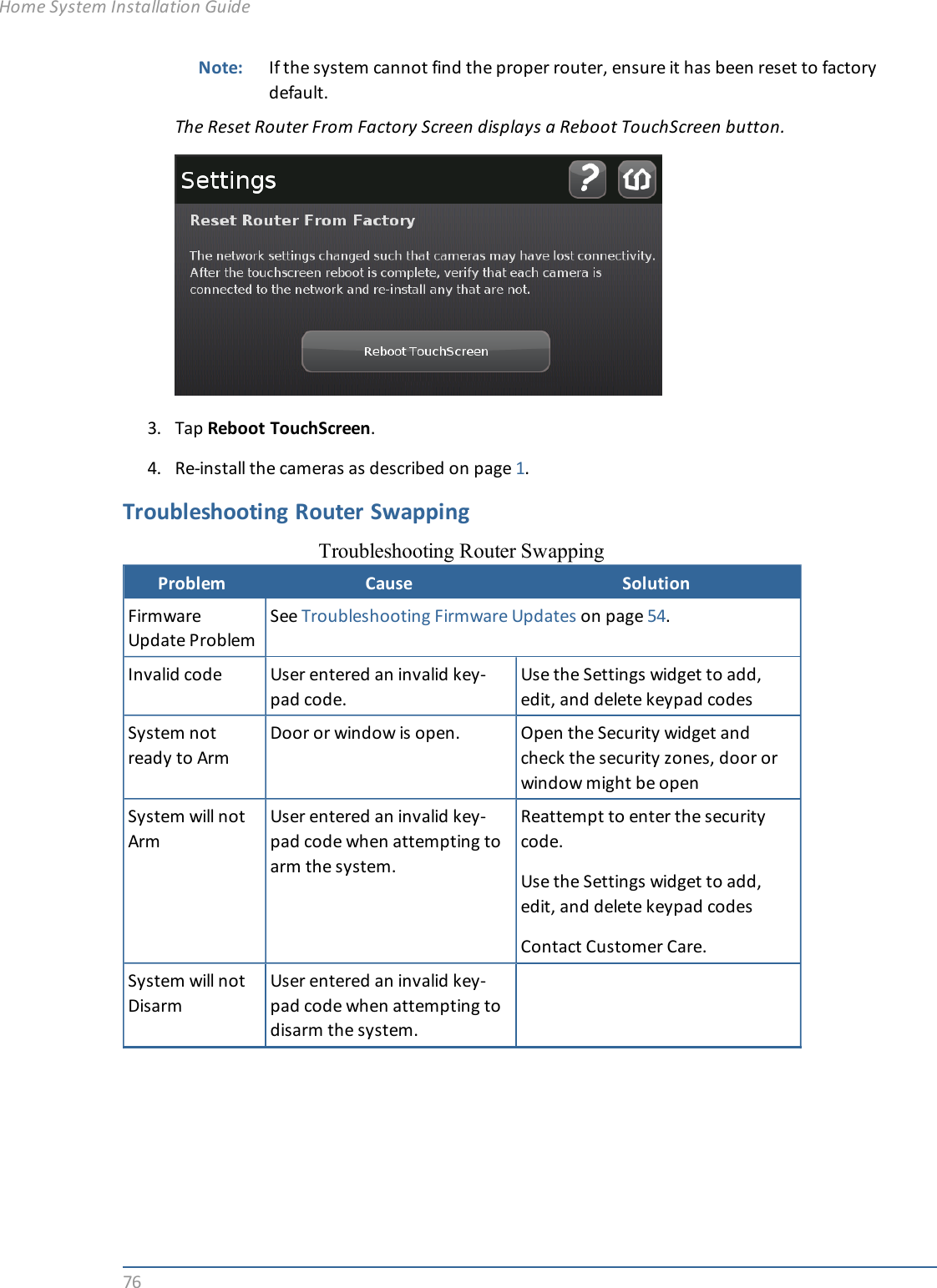
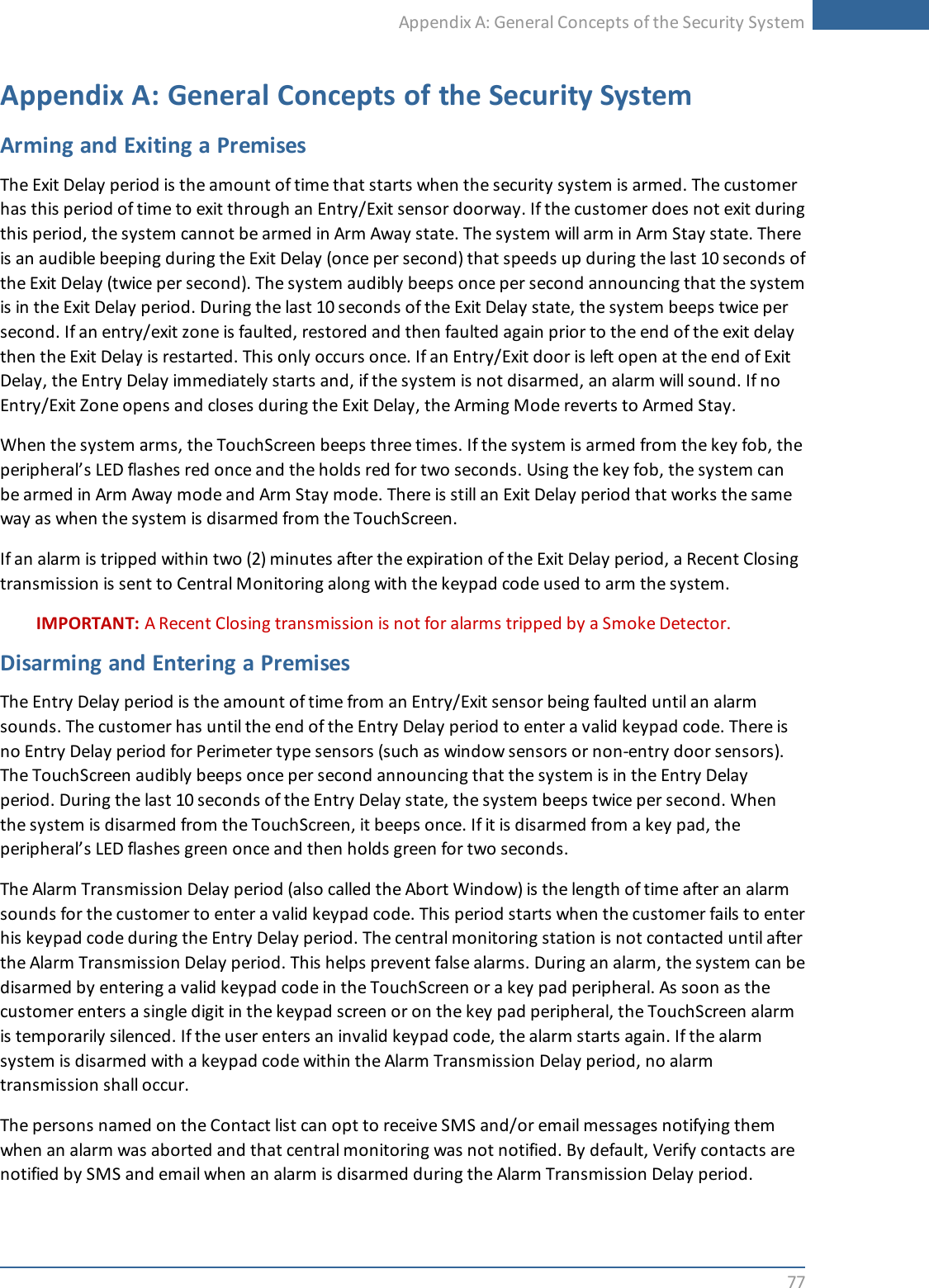

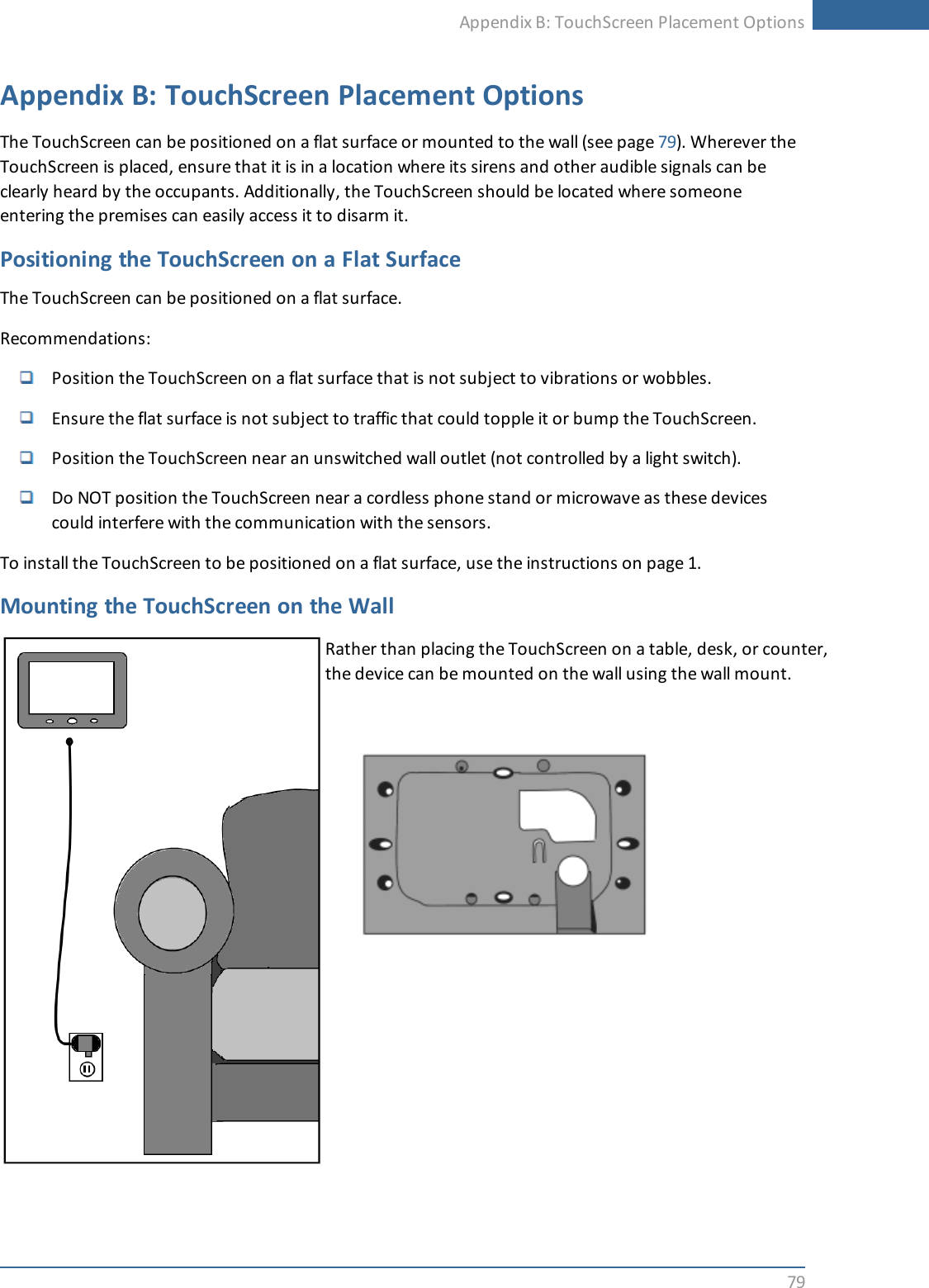
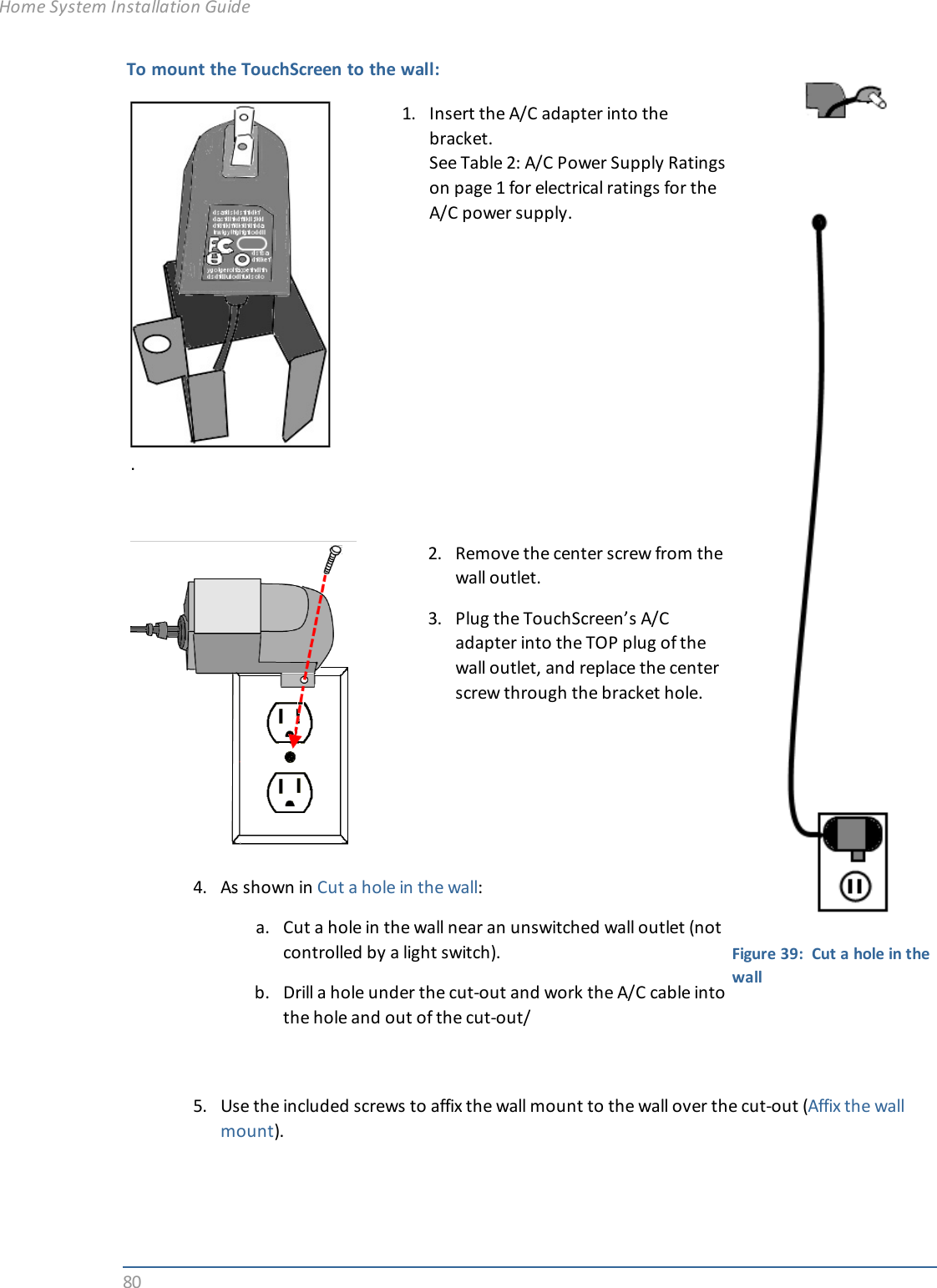
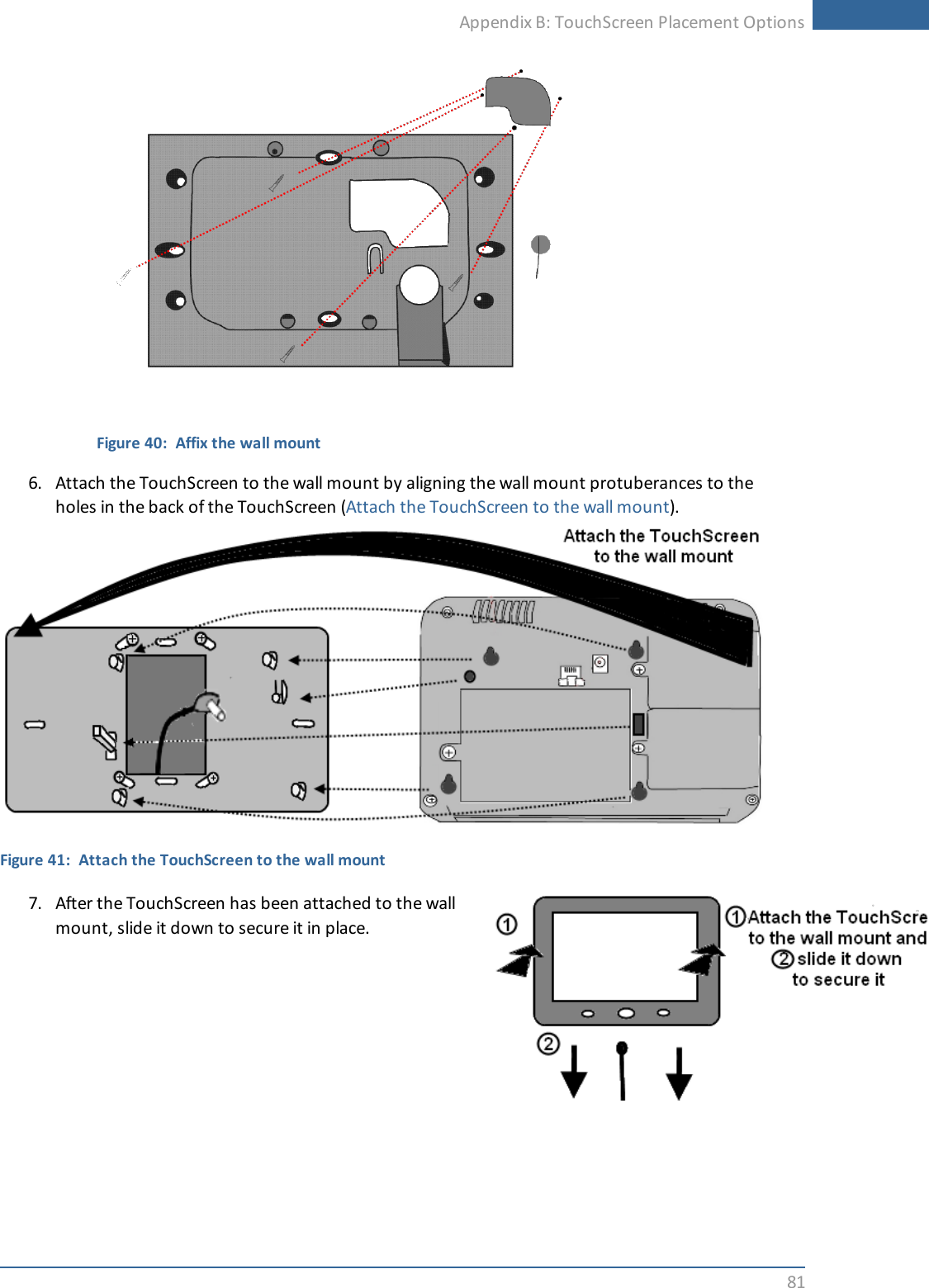
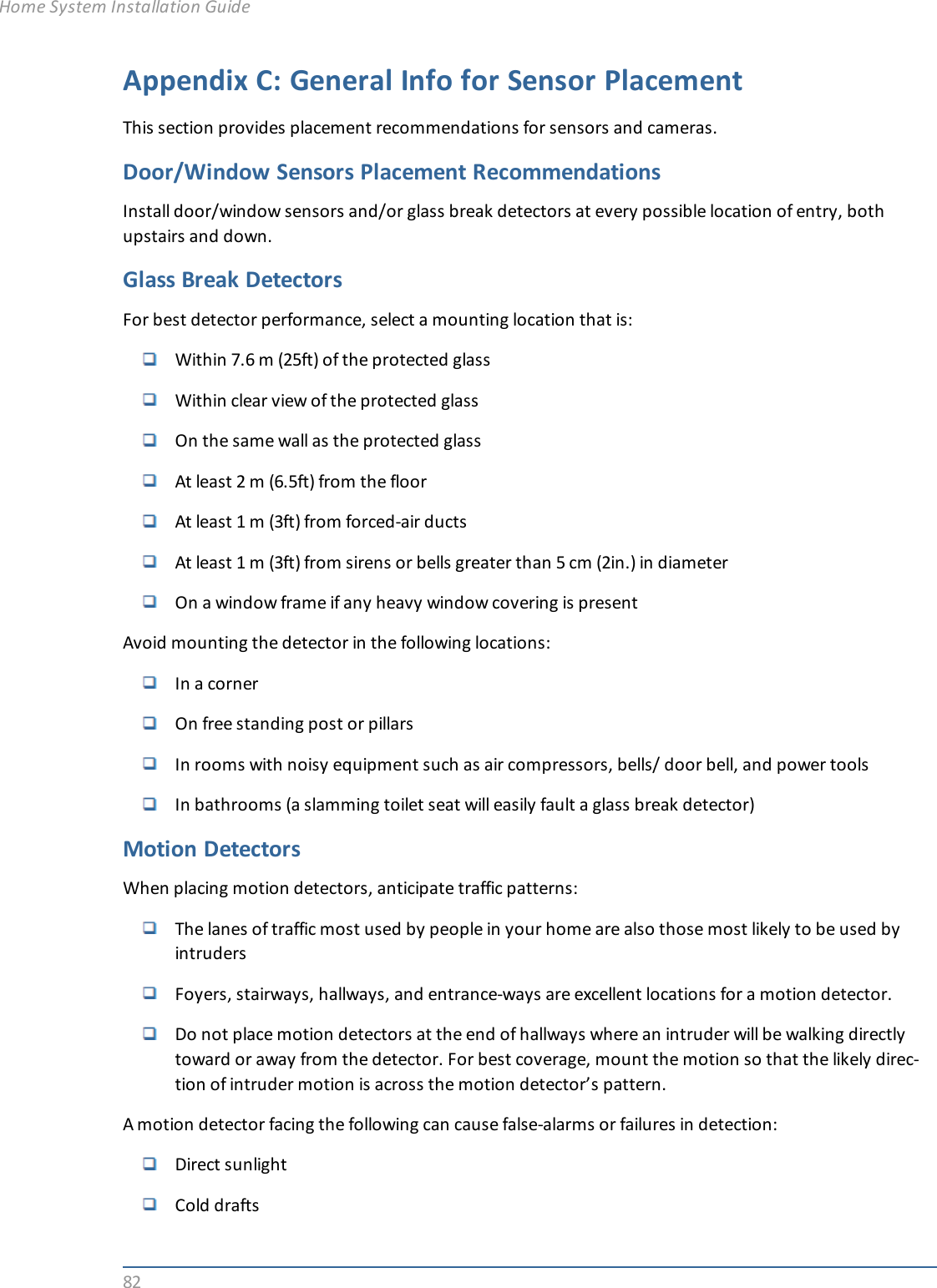
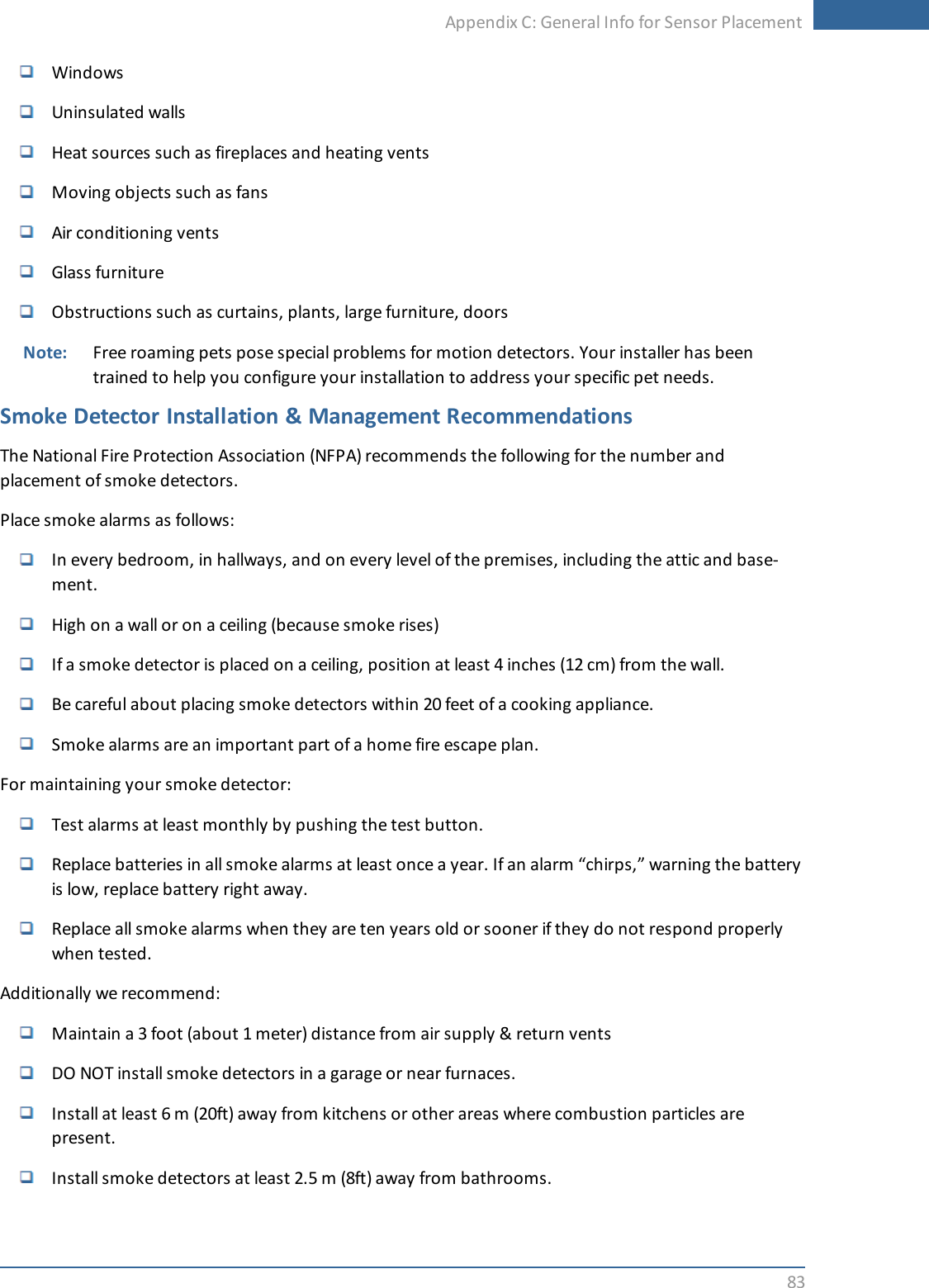

![Appendix D: Installer Quick Reference (SIA)85Appendix D: Installer Quick Reference (SIA)Feature Description Ranges & DefaultsExit Delay The time allotted for the customer to exit the premiseswhen the security system is armed Length is doubledfor Arm Stay and Arm Night modes up to120 secondsDefault: 60 secondsRange: 30 seconds to 99secondsExit Delay Prog-ress AnnunciationTouchScreen beeps once per second. Twice/second dur-ing the last 10 seconds.Disabled for Arm Stay &Arm Away.This feature is not con-figurable.Exit Delay Restart If Entry/Exit zone is faulted, restored and then faultedagain prior to the end of the exit delay, then Exit Delayrestarts.One time only.This feature is not con-figurable.Exit Error If an Entry/Exit door is left open at the end of Exit Delay,the Entry Delay starts and, if the system is not dis-armed, an alarm sounds.This feature is not con-figurable.Unvacated Prem-isesIf no Entry/Exit Zone opens and closes during the ExitDelay, the Arming Mode reverts to Armed Stay.This feature is not con-figurable.Recent Closing If alarm is tripped within 2 minutes from end of ExitDelay, Recent Closing transmission sent to Central withthe arming keypad code.A Recent Closing trans-mission is not for alarmstripped by a Smoke Detec-tor. This feature is notconfigurableEntry Delay The time allotted for the customer to disarm the systemafter tripping an Entry/Exit security zone.Default: 30 sec.Range: 30 seconds to 99secondsEntry Delay Prog-ress AnnunciationTouchScreen beeps once per second Twice/second dur-ing the last 10 secondsThis feature is not con-figurable.System Acknowl-edgementWhen armed, TouchScreen beeps 3 times. If armed bykey fob, key fob’s LED flashes red once and the holdsred for two seconds. When disarmed from the Touch-Screen, beeps once. If disarmed key fob, key fob’s LEDflash green once and then hold green for two seconds.This feature is not con-figurable.Remote Arming Using key fob, system can be armed in Arm Away modeand Arm Stay mode. Exit Delay period works the sameway as non-remote arming.This feature is not con-figurable.Abort Window Length of time after an alarm sounds for the customerto enter a valid keypad code to prevent alarm frombeing sent to central.Default: 30 sec.Range: Minimum is 15sec. and the maximum is45 sec.Disarming Duringthe Abort WindowSystem disarmed by entering a valid keypad code in the This feature is not con-figurable.Installer Quick Reference [CP-01 4.6.1]](https://usermanual.wiki/Technicolor-Connected-Home-USA/TCA200.Installation-Guide-Part-2/User-Guide-1569123-Page-43.png)
